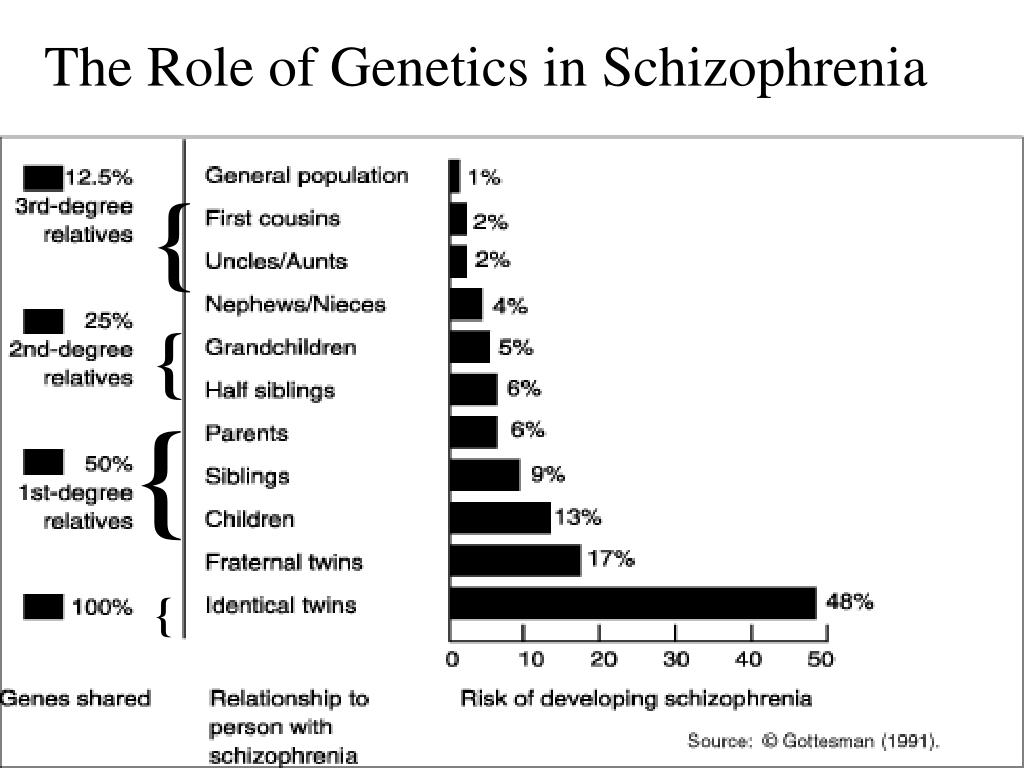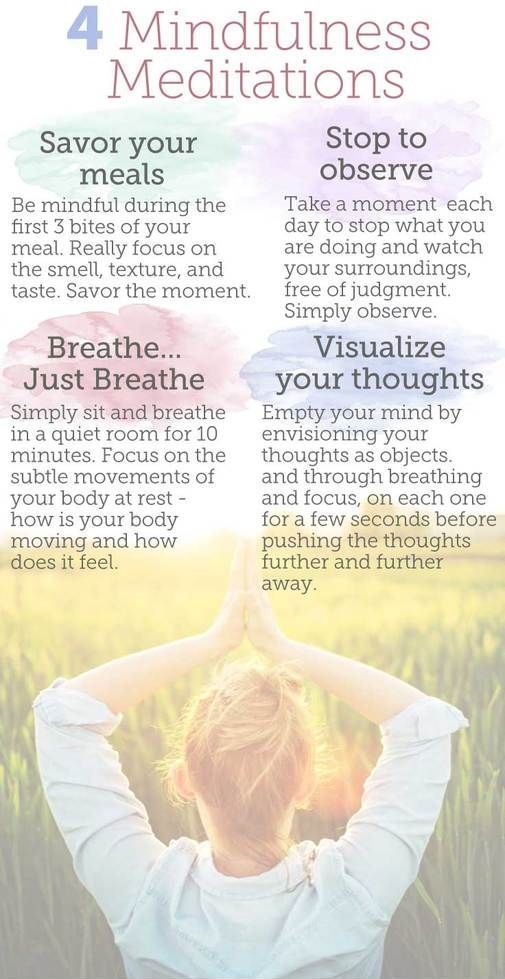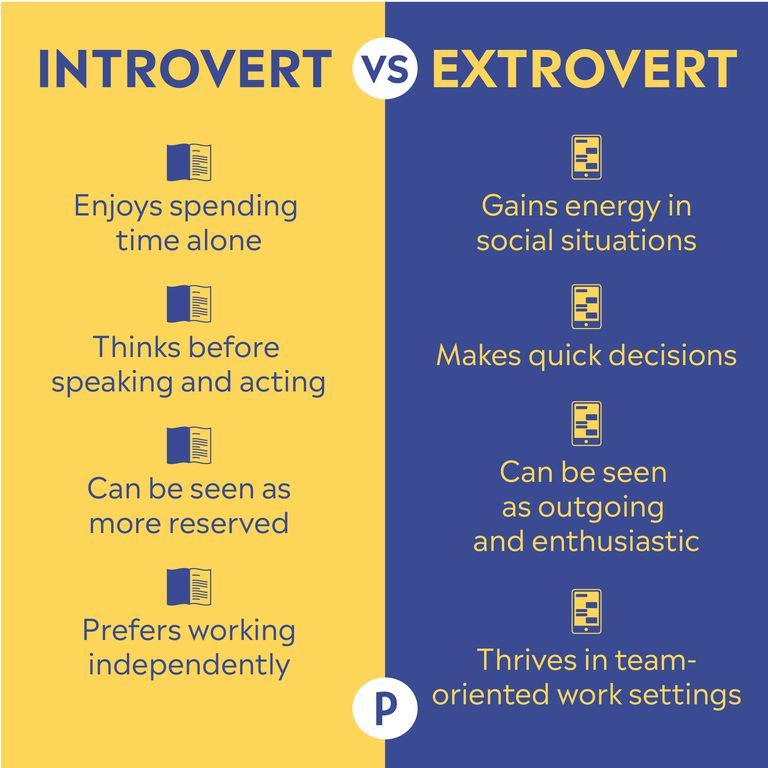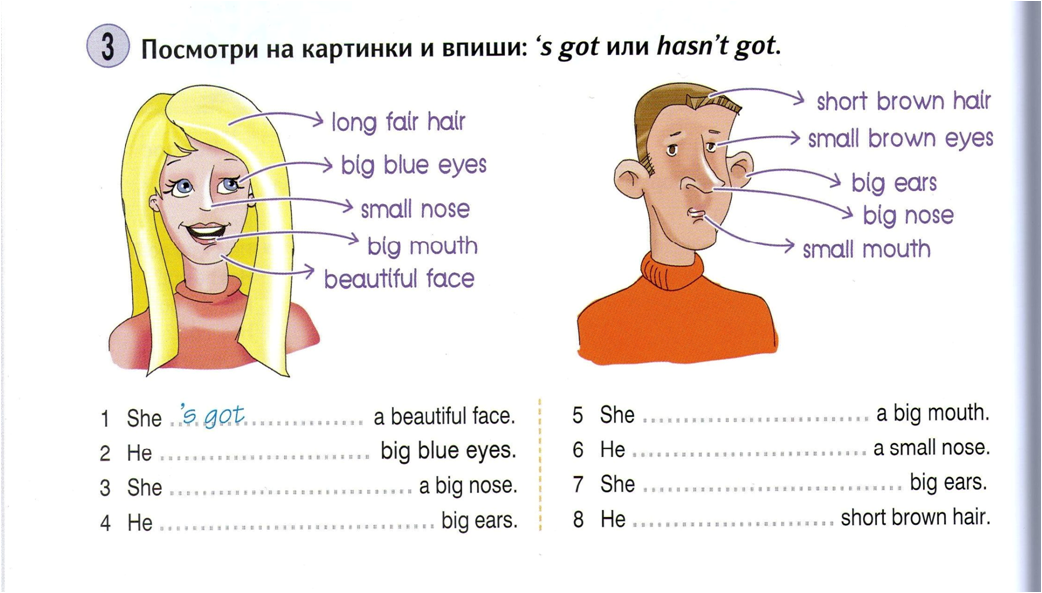All about equine
Adopt A Horse - California - All About Equine Animal Rescue, Inc.
Submit An Adoption Inquiry
RIDING HORSES/IN TRAINING
JenningsHeight: 14.0 hh (est) Jennings |
Submit An Adoption Inquiry
READY FOR TRAINING/PROJECT HORSES (3 years old and up)
BlueHeight: 14,0 hh (est) |
MartinaHeight: 15. Martina |
JackHeight: 15.1 hh (est) |
Submit An Adoption Inquiry
TeeaHeight: 14. |
ChesneyHeight: 14.2 hh (est) CHESNEY |
ClareHeight: 14. |
RedHeight: 15.1 hh (est.) |
DakotaHeight: 14. Dakota |
JacksonHeight: 15.0 hh (est) Jackson |
BrodieHeight: 16. Brodie |
RoryHeight: 14.2 hh (est) |
OakleyHeight: 14. Oakley |
Submit An Adoption Inquiry
NON-RIDING COMPANION ONLY
|
Height: 14.3 hh (est) Bonnie |
|
Submit An Adoption Inquiry
ElliHeight: 14. |
NashHeight: 15.1 hh (est) |
AllieHeight: 14.0 hh (est) |
Submit An Adoption Inquiry
GrangerHeight: 14. Granger |
Submit An Adoption Inquiry
DONKEYS AND BURROS
No donkeys or burros are available for adoption at this time.
Submit An Adoption Inquiry
MINIS AND PONIES
No minis are available for adoption at this time.
Submit An Adoption Inquiry
NEW ARRIVAL/UNDER EVALUATION/IN REHAB/WORK IN PROGRESS
These horses are not yet ready or not available for adoption.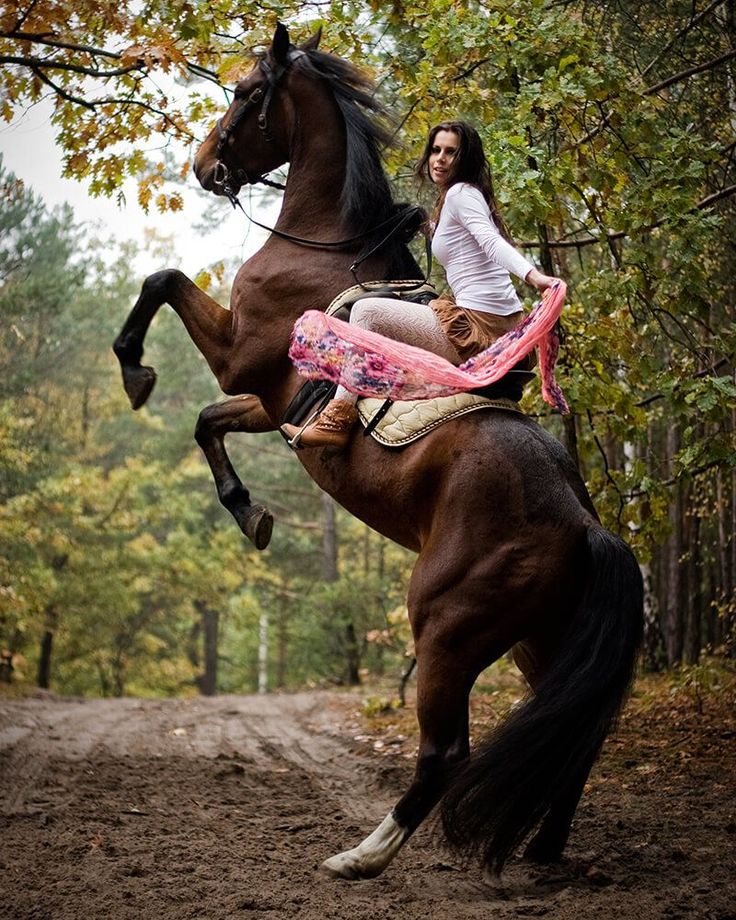
GabbyHeight: 15.3 hh (est) BuckyHeight: 11.2 hh (est) MinnieHeight: 11.1 hh (est) Minnie |
ElliottHeight: Growing like a week PearlHeight: 12. |
CheyenneHeight: 15.o hh Cheyenne CasperHeight: 11.1 hh (est) Casper |
MaisyHeight: TBD hh (est) |
DukeHeight: TBD hh (est) |
SelenaHeight: TBD hh (est) Selina |
SerenaHeight: TBD hh (est) Serena |
BalleriniHeight: TBD hh (est) Ballerini |
WylieHeight: TBD hh (est) |
RESIDENT PROGRAM HORSES/SANCTUARY HORSES
These horses are NOT available for adoption.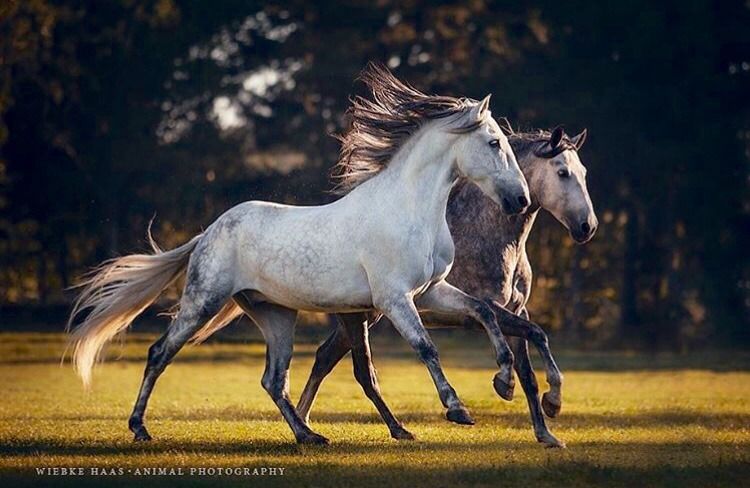
BarneyHeight: 17.0 hh (est) Barney |
AmigoHeight: 15.2 hh (est) |
SierraHeight: 15. Sierra |
TioHeight: 15.3 hh (est) |
FinneganHeight: 15. Finnegan |
LoneStarHeight: 14.3 hh (est) LoneStar |
JengoHeight: 15. |
Height: 15.0 hh (est) Cassadee |
YOUTH PROGRAM HORSES/MINIS
RobbieHeight: 34" (est) Robbie SparkyHeight: : 13. Sparky |
FlameHeight: 35" (est) |
DustyHeight: 31" (est) |
HALLELUJAH HORSES/SANCTUARY FAMILY BAND
These boys are a free roaming band on our new Pilot Hill property
BentleyHeight: 14,3 hh (est) Bentley |
DenverHeight: 14,2 hh (est) Denver |
HankHeight: 14. |
KixHeight: 14.2 hh (est) |
OutlawHeight: 14. Outlaw |
TobyHeight: 14.3 hh (est) |
FARM ANIMALS
Oliver & OscarWeight: A lot so we're on a diet :) Oliver & Oscar |
The facts about horse slaughter
Is it possible to conduct commercial horse slaughter in a humane manner?
No.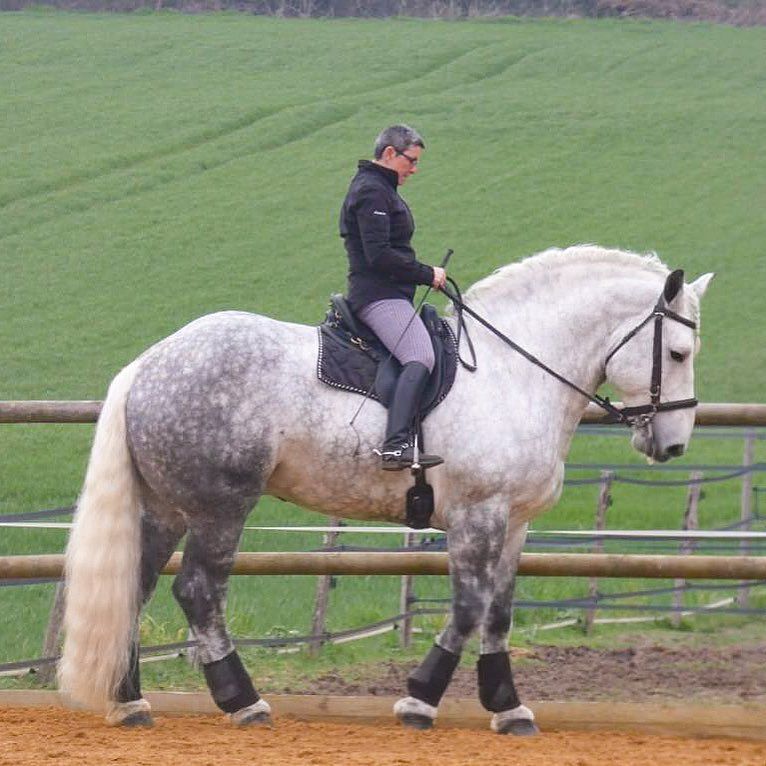 Horse slaughter, whether in U.S. or foreign plants, was never and cannot be humane because of the nature of the industry and the unique biology of horses. Slaughter is a brutal and terrifying end for horses, and it is not humane. Horses are shipped for more than 24 hours at a time without food, water or rest in crowded trucks. They are often seriously injured or killed in transit.
Horse slaughter, whether in U.S. or foreign plants, was never and cannot be humane because of the nature of the industry and the unique biology of horses. Slaughter is a brutal and terrifying end for horses, and it is not humane. Horses are shipped for more than 24 hours at a time without food, water or rest in crowded trucks. They are often seriously injured or killed in transit.
Horses are skittish by nature (owing to their heightened fight-or-flight response), which makes accurate pre-slaughter stunning difficult. As a result, horses often endure repeated blows and sometimes remain conscious during dismemberment—this is rarely a quick, painless death. Before the last domestic plant closed in 2007, the USDA documented in the slaughter pipeline rampant cruelty violations and severe injuries to horses, including broken bones protruding from their bodies, eyeballs hanging by a thread of skin, and gaping wounds.
The answer is not to return to subjecting our horses to abuse and unacceptable conditions at plants in the U.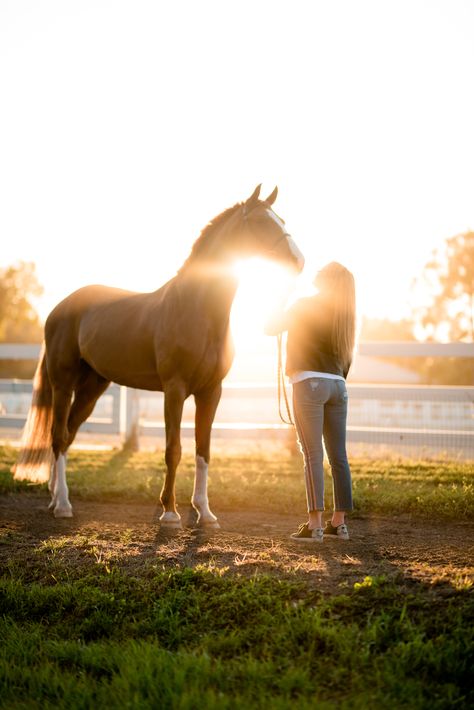 S. but to ban both horse slaughter and the export of horses for slaughter altogether and to provide our horses with decent lives and, when necessary, humane deaths.
S. but to ban both horse slaughter and the export of horses for slaughter altogether and to provide our horses with decent lives and, when necessary, humane deaths.
back to top
Does horse slaughter have a negative financial impact on American taxpayers?
Yes. Subsidizing horse slaughter cruelty will divert precious financial resources away from American products and food safety. It makes no sense for the federal government to spend millions of taxpayer dollars to oversee new horse slaughter plants. At a time when Congress is focused on fiscal responsibility and the budget of the USDA’s Food Safety Inspection Service is already stretched thin, the USDA should not extend funding for a new program to slaughter horses—a practice that 80 percent of Americans oppose.
back to top
Is horsemeat safe for human consumption?
No. U.S. horsemeat is dangerous to humans because of the unregulated administration of numerous toxic substances to horses before slaughter.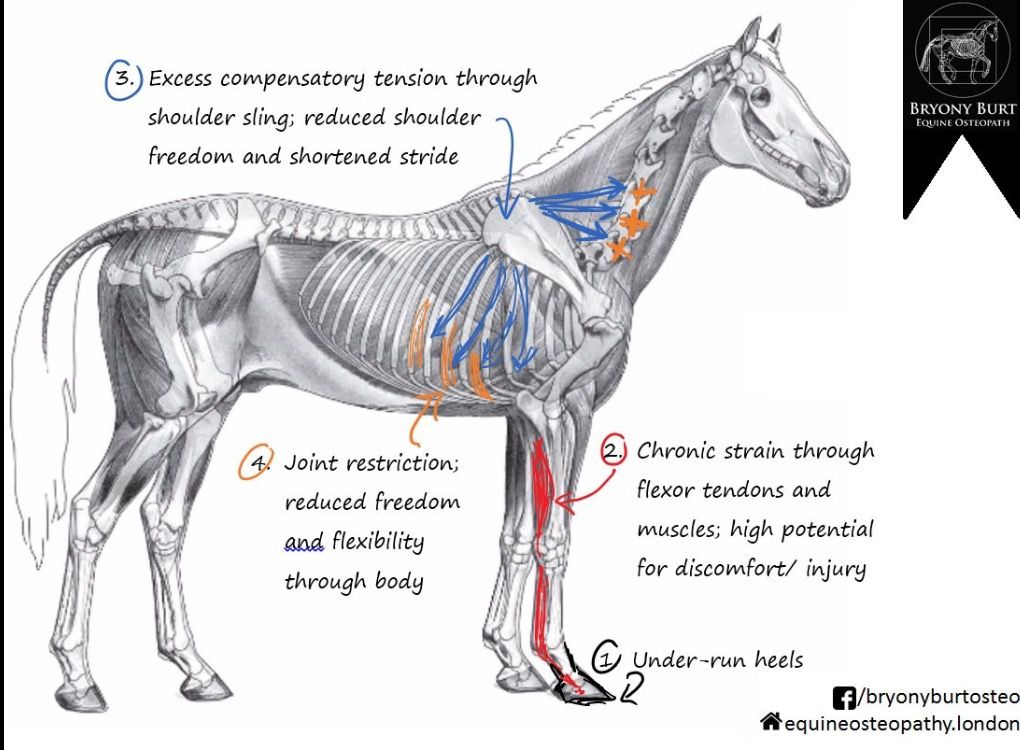 In the U.S., horses are raised and treated as companion animals, not as food-producing animals. Unlike animals raised for food, the vast majority of horses sent to slaughter will have ingested, or been treated or injected with, multiple chemical substances that are known to be dangerous to humans, untested on humans or specifically prohibited for use in animals raised for human consumption. Horses are gathered from random sources at various stages in their life, and there is no system in the U.S. to track medications and veterinary treatments given to horses to ensure that their meat is safe for human consumption. Due to concerns about the health threats of drug-laced horsemeat, the European Union (EU), a primary importer of North American horsemeat, suspended horsemeat imports from Mexico—where 87 percent of horses slaughtered for export to the EU are of U.S. origin. EU authorities made the decision after a series of scathing audits that exposed a plethora of problems, including the lack of traceability of American horses and horrific suffering on U.
In the U.S., horses are raised and treated as companion animals, not as food-producing animals. Unlike animals raised for food, the vast majority of horses sent to slaughter will have ingested, or been treated or injected with, multiple chemical substances that are known to be dangerous to humans, untested on humans or specifically prohibited for use in animals raised for human consumption. Horses are gathered from random sources at various stages in their life, and there is no system in the U.S. to track medications and veterinary treatments given to horses to ensure that their meat is safe for human consumption. Due to concerns about the health threats of drug-laced horsemeat, the European Union (EU), a primary importer of North American horsemeat, suspended horsemeat imports from Mexico—where 87 percent of horses slaughtered for export to the EU are of U.S. origin. EU authorities made the decision after a series of scathing audits that exposed a plethora of problems, including the lack of traceability of American horses and horrific suffering on U.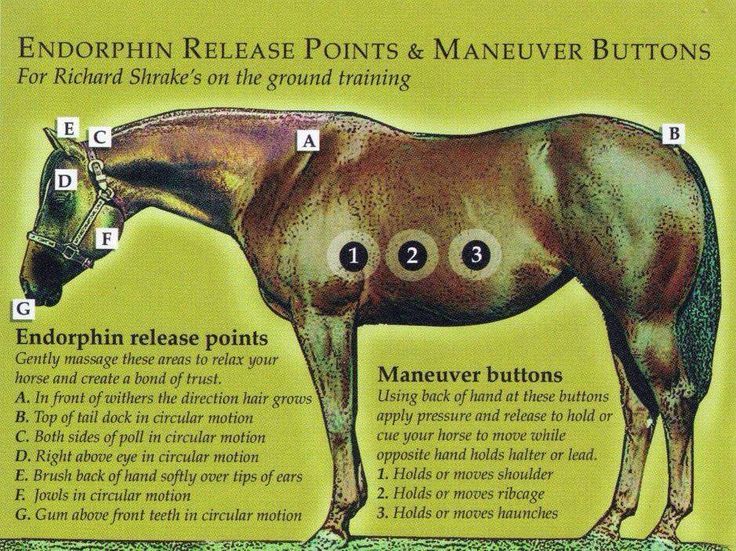 S. soil and in Mexico.
S. soil and in Mexico.
back to top
Can the federal government ensure the safety of horsemeat?
No. The USDA has no system in place to track horses’ lifetime medical histories, and the reputation of the entire U.S. meat industry is at risk. Testing random samples of horsemeat overlooks the fact that every single horse has a unique, unknown past. Unlike animals raised for food, horses do not spend their lives being prepared for the food chain. Every horse is a pet, riding companion, race horse, show pony or work partner. Each may be a single patient to any number of vets, transferred by any number of owners, and has a unique life story. Relying on random-sample testing of horsemeat is inadequate and dangerous.
back to top
Has ending domestic horse slaughter damaged the U.S. horse market and led to neglect and abandonment?
No. Horse neglect and abandonment cannot logically be attributed to the closure of U.S slaughter plants. The numbers of horses being sent across our borders into Canada and Mexico for slaughter has decreased significantly in the last 10 years from a high of over 166,000 in 2012 to just over 23,000 in 2021. Clearly, any increase in neglect or abandonment—as well as any downturn in the horse market—is related to the economic downturn that began the same year that the last slaughter plant closed and continues today. Horse slaughter has never been, and will never be, a solution for abuse and neglect. Rather, the continued availability of horse slaughter has only enabled and perpetuated overbreeding, neglect and irresponsibility. As long as slaughter is an outlet for breeders to sell excess horses, they will be rewarded—and continue their irresponsible behavior.
The numbers of horses being sent across our borders into Canada and Mexico for slaughter has decreased significantly in the last 10 years from a high of over 166,000 in 2012 to just over 23,000 in 2021. Clearly, any increase in neglect or abandonment—as well as any downturn in the horse market—is related to the economic downturn that began the same year that the last slaughter plant closed and continues today. Horse slaughter has never been, and will never be, a solution for abuse and neglect. Rather, the continued availability of horse slaughter has only enabled and perpetuated overbreeding, neglect and irresponsibility. As long as slaughter is an outlet for breeders to sell excess horses, they will be rewarded—and continue their irresponsible behavior.
back to top
Are there any other options for horses at risk of going to slaughter?
Yes. There are several ways to reduce the number of homeless or at-risk horses. We can curb overbreeding, educate owners about other rehoming options and expand adoption work.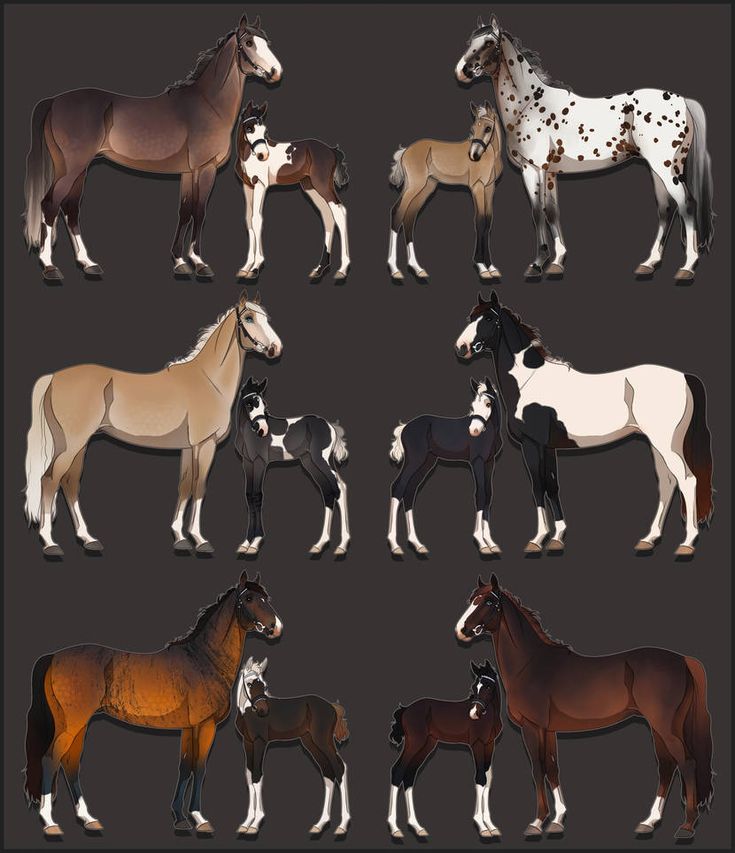 Thousands of American horses are sent to slaughter every year and the vast majority would be rehomed; not every horse going to slaughter needs to go to rescue. The USDA documented that 92.3 percent of horses sent to slaughter are in good condition and are able to live out a productive life. These horses would be sold, donated or otherwise rehomed; however, kill buyers outbid legitimate horse owners and rescues at auctions, robbing horses of ever having a second chance at life.
Thousands of American horses are sent to slaughter every year and the vast majority would be rehomed; not every horse going to slaughter needs to go to rescue. The USDA documented that 92.3 percent of horses sent to slaughter are in good condition and are able to live out a productive life. These horses would be sold, donated or otherwise rehomed; however, kill buyers outbid legitimate horse owners and rescues at auctions, robbing horses of ever having a second chance at life.
The idea of slaughtering companion animals is unacceptable to the American people and will never be embraced. A 2022 national poll found that 83% of Americans support banning horse slaughter for human consumption. There are countries that consume dogs, cats and other pets as food, but we do not allow our dogs and cats to be exported for food purposes, even though there is a well-documented overpopulation issue to contend with for those animals.
back to top
Do horse slaughter plants stimulate local economies?
No.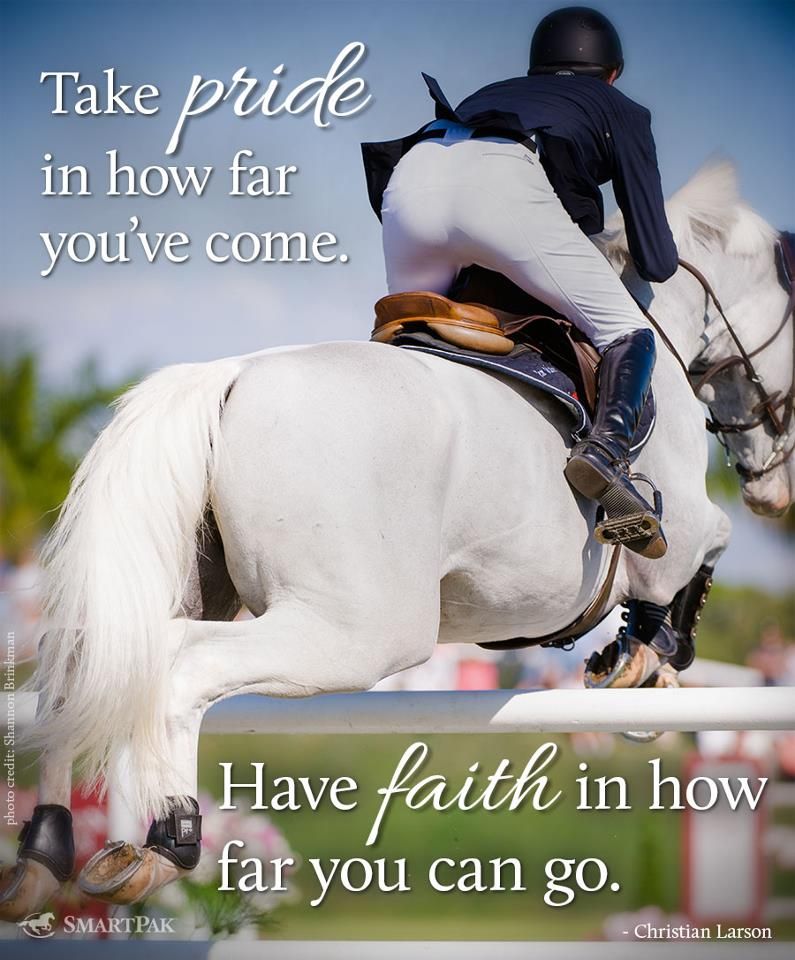 Horse slaughter plants have proven to be economic and environmental nightmares for the communities that host them. These plants pollute local water, decrease property values, permeate the air with a foul stench, drain local economies and damage the environment. The last three horse slaughter plants in the U.S. offered only a few low-income, dangerous jobs that did nothing to bolster local economies. Long before the plants closed in 2007, they had worn out their welcome.
Horse slaughter plants have proven to be economic and environmental nightmares for the communities that host them. These plants pollute local water, decrease property values, permeate the air with a foul stench, drain local economies and damage the environment. The last three horse slaughter plants in the U.S. offered only a few low-income, dangerous jobs that did nothing to bolster local economies. Long before the plants closed in 2007, they had worn out their welcome.
For example, in 2005, the City Council of Kaufman, Texas, home to the Dallas Crown facility, voted unanimously to implement termination proceedings against the plant. Paula Bacon, then mayor of Kaufman, stated, “As a community leader where we are directly impacted by the horse slaughter industry, I can assure you the economic development return to our community is negative.” Attracting new business was difficult for communities burdened with the presence of a horse slaughter plant due to the related negative stigma.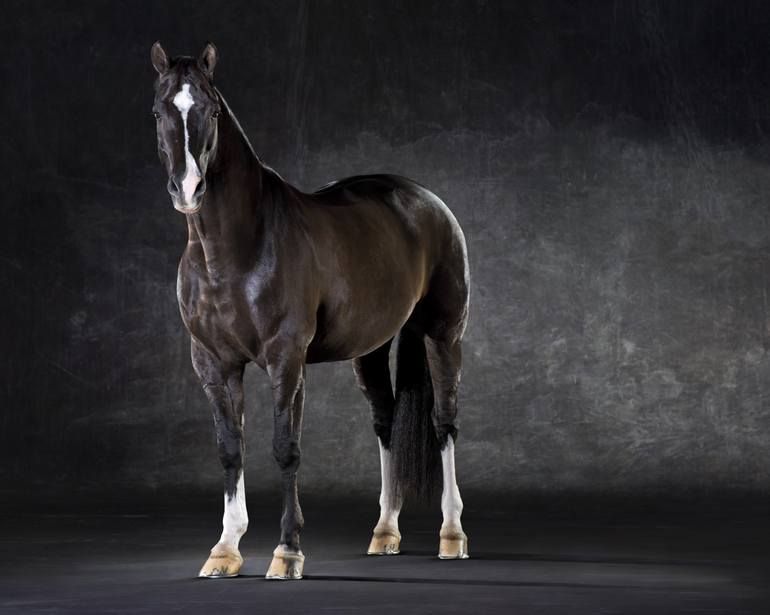 Any minimal financial contributions of horse slaughter facilities are vastly outweighed by the enormous economic and development-suppressing burden they present.
Any minimal financial contributions of horse slaughter facilities are vastly outweighed by the enormous economic and development-suppressing burden they present.
back to top
How can I help fight horse slaughter?
You can help keep cruel horse slaughter out of the U.S. and protect people from the threat of toxic horse meat with these simple steps.
Tell your legislators
Call, email and visit your legislators. Urge them to cosponsor the SAFE Act to end horse slaughter. These are the most important points to make to representatives:
- Horse slaughter is unacceptably inhumane.
- 83% of Americans are opposed to horse slaughter. They don't want horse meat served at the dinner table and they don't want their tax dollars spent on inspecting meat bound for foreign markets.
- Horses are commonly exposed to drugs and other substances that are expressly forbidden for use in animals used for food, making their meat unfit for human consumption. Meat laced with toxic products such as fly sprays and de-wormers is dangerous to human health.

- Horse slaughter plants have been linked to air and water pollution, lowered property values and increased crime rates in the areas where they're located.
- The SAFE Act would keep U.S. horse slaughter plants shuttered and end the export of horses for human consumption.
Take your message to social media
Facebook: Post on your legislators' Facebook pages, urging cosponsorship of the SAFE Act to end horse slaughter. Already cosponsors? Thank them for their support!
Twitter: Tweet at your legislators and urge them to cosponsor the SAFE Act to end horse slaughter. Already cosponsors? Thank them for their support!
You can also use social media to share links to our investigative video, "Horse Slaughter: Cruelty Uncovered."
Speak out in the media and inform the public
Write an op-ed or letter to the editor of your local newspaper. You can present the same points listed above.
Attend Town Hall meetings
You don’t need to be an expert on slaughter or even a horse owner.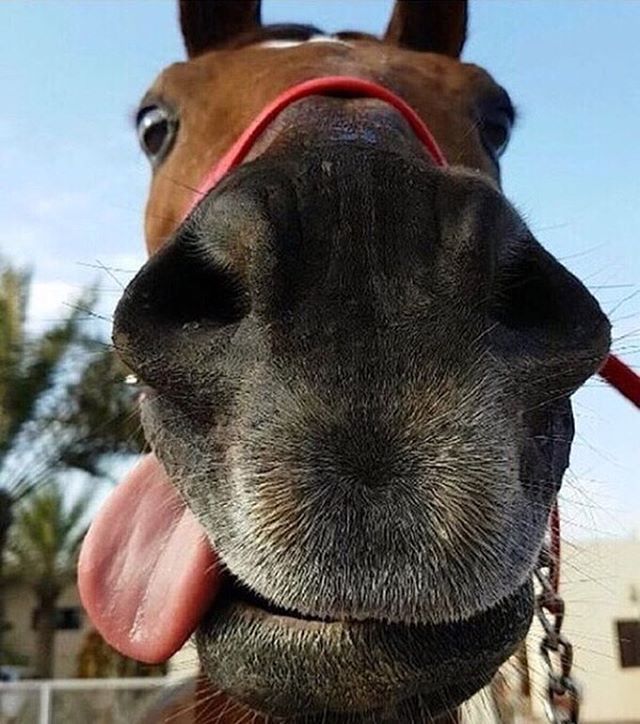 You simply need to do your homework and follow our tips for attending town hall meetings.
You simply need to do your homework and follow our tips for attending town hall meetings.
Some town hall meetings are conducted in person, while others follow a call-in format. You can find the schedule for upcoming meetings by visiting the websites of your federal legislators or calling their offices. The U.S. Capitol switchboard’s number is 202-224-3121.
Volunteer with a horse rescue group
Help out at your local horse rescue facility. Rescue work is a demanding, round-the-clock job requiring dedication, resources and lots of hands-on help. Contact your local horse rescue and offer to lend a hand feeding, grooming, fundraising or organizing volunteers.
back to top
Read online “All about horses. A Complete Guide to Proper Care, Feeding, Maintenance, Dressage”, Igor Skripnik – LitRes
Foreword
Since time immemorial, a horse has been an indispensable helper and friend for man. The horse was required everywhere and everywhere: on the battlefield and on peaceful arable land, hunting and traveling. She was dressed in armor, harnessed to royal carriages and wretched peasant droshky; for the horse "they gave half the kingdom" (sometimes in the literal sense of the word).
She was dressed in armor, harnessed to royal carriages and wretched peasant droshky; for the horse "they gave half the kingdom" (sometimes in the literal sense of the word).
The legendary horse of Alexander the Great - Bucephalus - was buried with royal honors, and the tyrant-emperor Caligula even made his favorite a member of the Roman Senate. The horse was the breadwinner of the poor and the pride of the powerful.
Until now, interest in the horse has not faded in the world, but at present, basically, "live horses have been replaced by steel cavalry." The equestrian business in Russia in recent years has had a particularly hard time - many stud farms have closed or vegetate in poverty, breeding work is in a deplorable state; hope only for enthusiasts, whose number is slowly but still growing over the years. First of all, these are athletes, as well as those who care about their health, the health of their children, and, finally, simply lovers of beauty.
Communication with a horse, especially for city dwellers, is primarily associated with riding.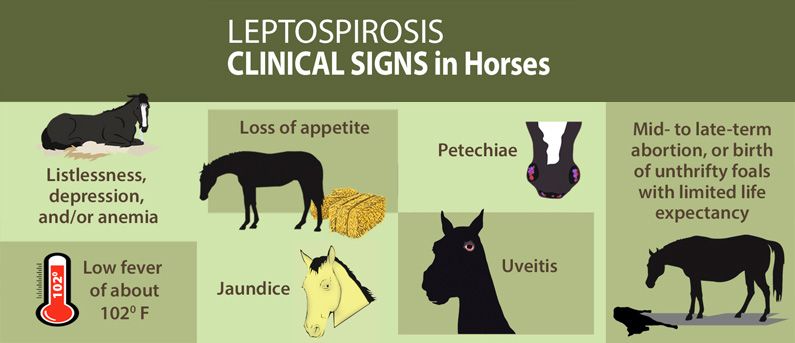 Images of horsemen were found on Persian engravings dated around 3000 BC. e. The charm and beneficial power of riding was conveyed by M. Yu. Lermontov: “I sat on horseback and galloped into the steppe; I love to ride a hot horse. Whatever grief may lie on the heart, whatever anxiety may torment the thought, everything will dissipate in a minute; the soul will become light, the fatigue of the body will overcome the anxiety of the mind. The French philosopher Michel de Montaigne, in his invaluable work "Experiences", states: "I am reluctant to get off the horse, since I have sat on it, because I am healthy or sick, I feel best riding."
Images of horsemen were found on Persian engravings dated around 3000 BC. e. The charm and beneficial power of riding was conveyed by M. Yu. Lermontov: “I sat on horseback and galloped into the steppe; I love to ride a hot horse. Whatever grief may lie on the heart, whatever anxiety may torment the thought, everything will dissipate in a minute; the soul will become light, the fatigue of the body will overcome the anxiety of the mind. The French philosopher Michel de Montaigne, in his invaluable work "Experiences", states: "I am reluctant to get off the horse, since I have sat on it, because I am healthy or sick, I feel best riding."
Horseback riding develops a good sense of balance in a person, improves coordination of movements. According to some scientists, equestrians do not suffer from pulmonary tuberculosis, because the microclimate of the stable, mobile work with horses, riding them help natural disinfection and ventilation of the lungs. In addition to a beneficial effect on the musculoskeletal and vestibular apparatus, riding helps to strengthen the neuropsychic state, reduces the risk of hypertension and myocardial infarction.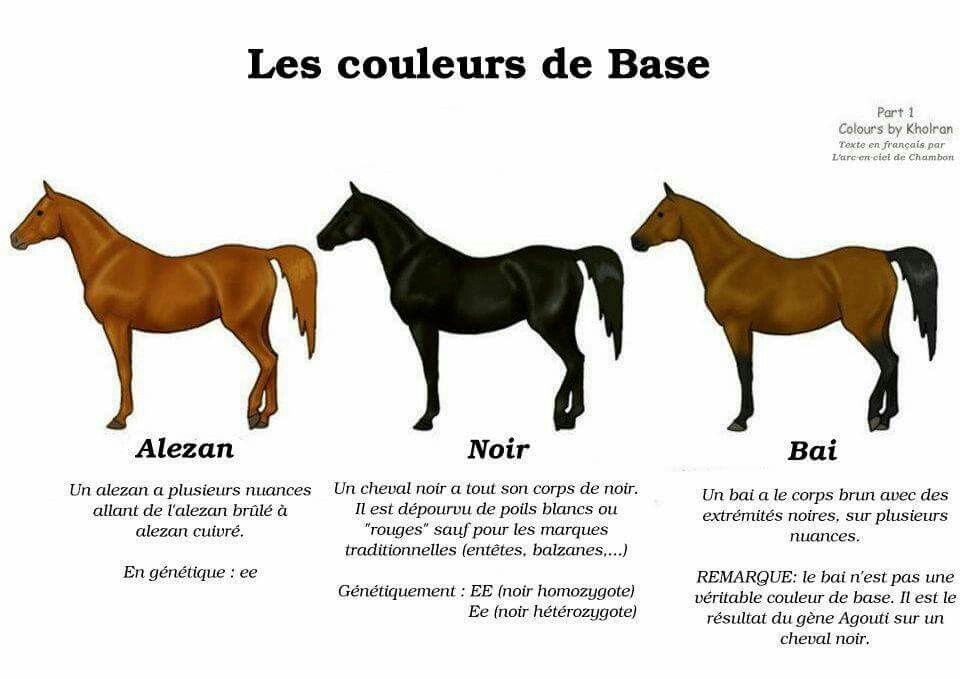
Therapeutic horse riding relieves many ailments - riding therapy (from the English ride - horseback riding), or hippotherapy (from the Greek hippos - horse). Riding therapy improves the posture of the rider, strengthens the back muscles, straightens the spinal column, which means that many types of curvature of the spine are corrected. Therapeutic horseback riding improves the well-being of those suffering from the effects of cerebral palsy.
“I think that no supercars will replace horses, just as no technology will replace wildlife. People will always need living beauty.” These words belong to the Australian writer Alan Marshall. For him, horses became a source of sincere joy and a reliable means of transportation after suffering from polio in early childhood. The writer expressed his memories of this tragedy and his deep gratitude to the horse in the heartfelt story "I can jump over puddles."
Books about horses are always read with great interest, these noble animals look great on film and television screens.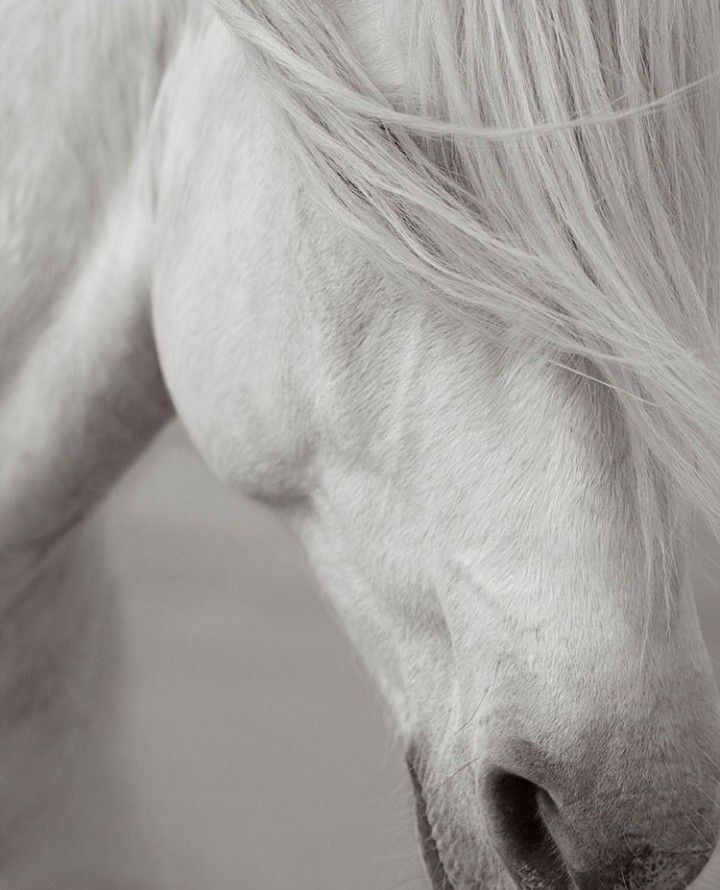 But neither the printed word nor film can replace communication with a live horse. A rare person, having once experienced the atmosphere of the stable, does not seek to return to horses, and almost every child at least once will ask his parents to “let him ride a horse.” Moreover, horseback riding is very diverse and exciting - it is work in the saddle, national games and competitions, horse testing at hippodromes, performances in the circus, runs, hikes, travels and, finally, work in various areas of the economy.
But neither the printed word nor film can replace communication with a live horse. A rare person, having once experienced the atmosphere of the stable, does not seek to return to horses, and almost every child at least once will ask his parents to “let him ride a horse.” Moreover, horseback riding is very diverse and exciting - it is work in the saddle, national games and competitions, horse testing at hippodromes, performances in the circus, runs, hikes, travels and, finally, work in various areas of the economy.
We invite the reader to plunge into the unique world of horses, get acquainted with the physiology and psychology of these wonderful animals, as well as learn the basics of training and the higher school of equestrian riding.
Peculiarities of the psychology of horses
Social behavior of horses
In the animal world there are species that live individually, singly or, at most for a short time, in pairs. Other animals are completely social and live in communities with a pronounced social structure.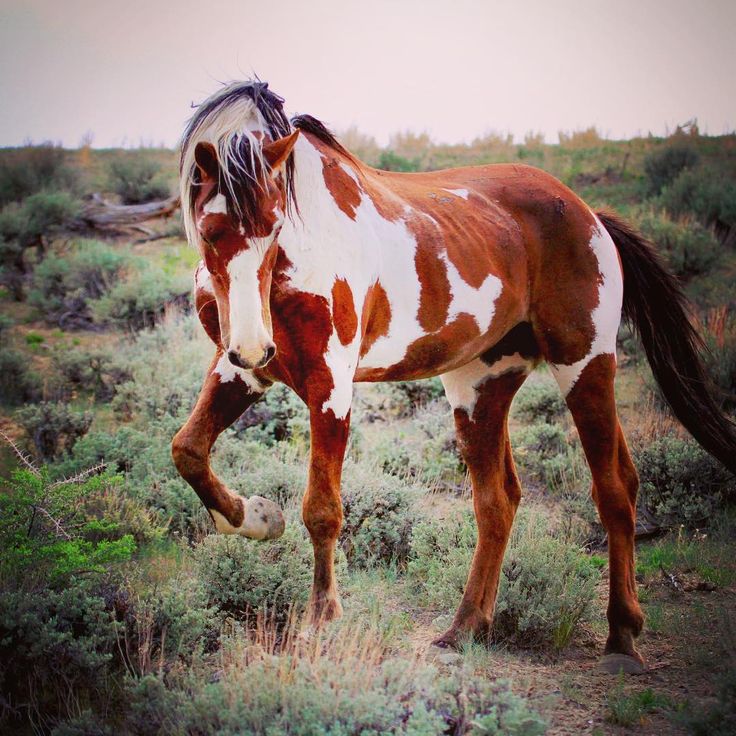 Solitarily and socially living species can be close relatives. So, for example, foxes that live alone and wolves that gather in packs belong to the canine family. Or large cats standing very close in zoological systematics - lions and tigers; and if tigers live alone, then lions, the only ones of the cat family, on the contrary, form packs consisting of large families and consanguineous young animals. Many animals form pairs during the breeding season or raising young.
Solitarily and socially living species can be close relatives. So, for example, foxes that live alone and wolves that gather in packs belong to the canine family. Or large cats standing very close in zoological systematics - lions and tigers; and if tigers live alone, then lions, the only ones of the cat family, on the contrary, form packs consisting of large families and consanguineous young animals. Many animals form pairs during the breeding season or raising young.
Odd-toed ungulates refer to animals living in communities that exhibit very different social behaviors under certain conditions. This is partly due to different environmental conditions, and partly due to different degrees of mental development of different species. It is believed that the ancestors of all equids 70 million years ago, when they had several fingers and lived in tropical forests, lived alone or in pairs and, in their behavior, in many ways resembled tapirs, the closest relatives of equids. Until now, with the exception of the breeding season, they live alone.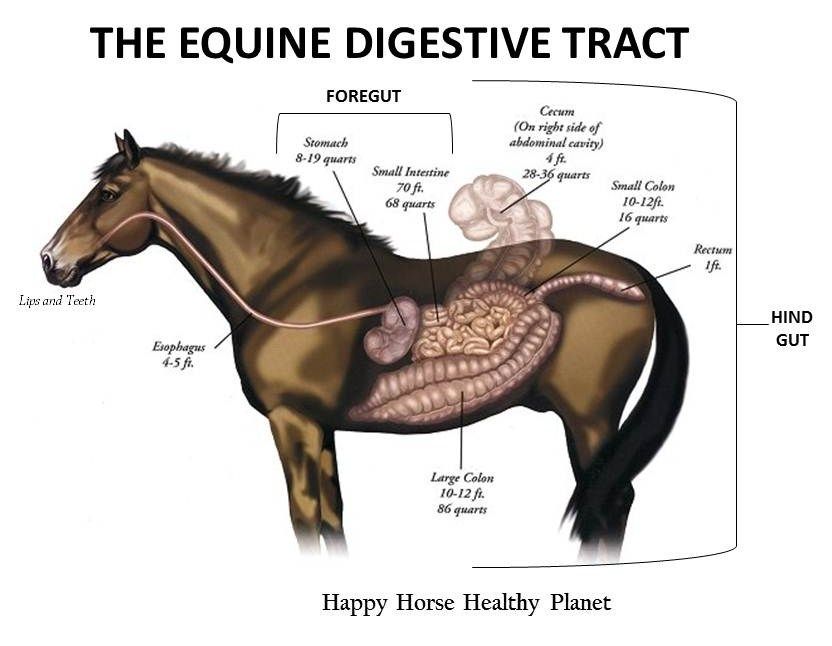 If the social life of tapirs is limited only to relations during the breeding season and between mother and cub, and is relatively poor, then those animals whose families stayed together longer or who formed groups, and in extreme cases, herds, had to form a way of living together that provided unhindered coexistence. This way of living together with many options for permitted and unpermitted behavior, scientists called social relations.
If the social life of tapirs is limited only to relations during the breeding season and between mother and cub, and is relatively poor, then those animals whose families stayed together longer or who formed groups, and in extreme cases, herds, had to form a way of living together that provided unhindered coexistence. This way of living together with many options for permitted and unpermitted behavior, scientists called social relations.
It is impossible to fully appreciate the naturally nuanced social behavior of all equids living in communities in the case of domestic horses, since their freedom of movement is limited, as well as in the example of wild horses and free-living ponies, in whose herds one stallion. In horses living in stables, it weakens due to lack of social contacts. The need of horses for certain social relations is so strong that they sometimes do not take into account the significant differences in the size of animals, their breed, age and sex, and in extreme cases even species differences.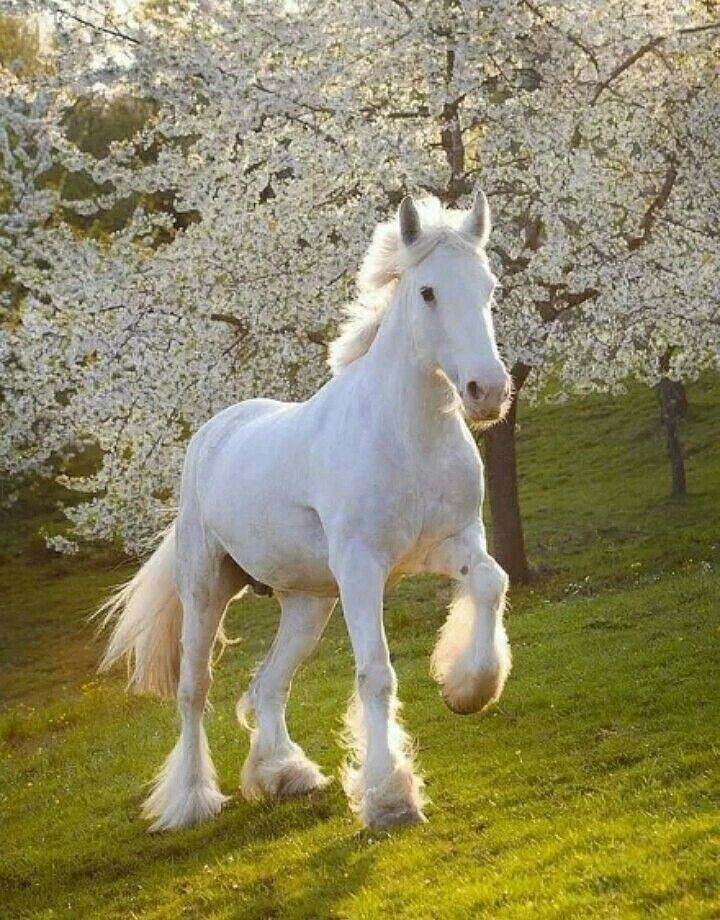
Arabian Thoroughbred
If we consider the relationship between mother and calf, then two horses already form a community with recognizable social behavior at certain moments. This primarily includes skin care, when both partners bite each other's body parts that are difficult for them to reach. For hair care, animals make pauses during grazing and half-sleep, lasting from several minutes to half an hour.
Animals seeking contact go obliquely to each other and show their intentions with a special expression of the muzzle (“mimicry during brushing”), which can be accepted by a partner with the same facial expressions or rejected. If the animals agree, they start at the mane and sides of the neck or the withers area, pulling the skin between the teeth, which creates the same effect as scratching with a comb. This game can take place with varying intensity, with especially thorough cleaning, you can hear the sound of chattering teeth, slightly muffled by the coat.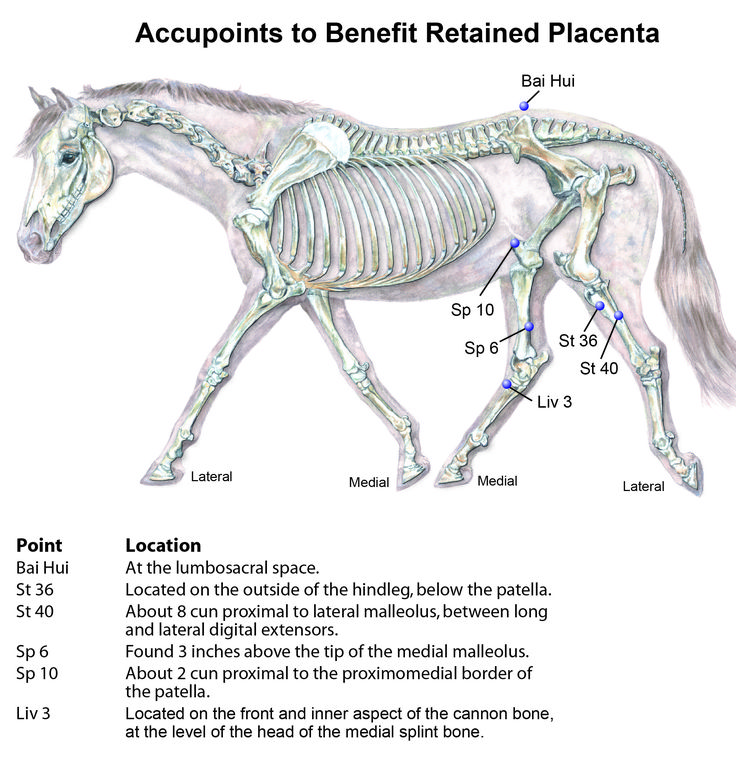 Starting from the mane and withers, all the hair from the back to the tip of the tail is carefully combed, and the animals move slowly relative to each other until they are standing with their heads at the base of the tail. Then they walk around each other and work on the other side. Usually the animals bite each other in pairs, and rarely a third can join them for a short time.
Starting from the mane and withers, all the hair from the back to the tip of the tail is carefully combed, and the animals move slowly relative to each other until they are standing with their heads at the base of the tail. Then they walk around each other and work on the other side. Usually the animals bite each other in pairs, and rarely a third can join them for a short time.
Akhal-Teke breed
If necessary, combing of wool can be carried out even by a person. A person can, by accepting such an offer, reach the point that his compatriot will consider a horse. This desire, especially if it comes from strongly and rapidly biting horses, is technically feasible with great difficulty and is not always painless for a person. If you're trying to get a shy foal into the grooming game, then you should put on a thick old coat first, or you'll soon have to bring in a mare as a third partner. The foal must be placed in such a position that after a few pinches on your jacket sleeve, he will gradually switch to his mother.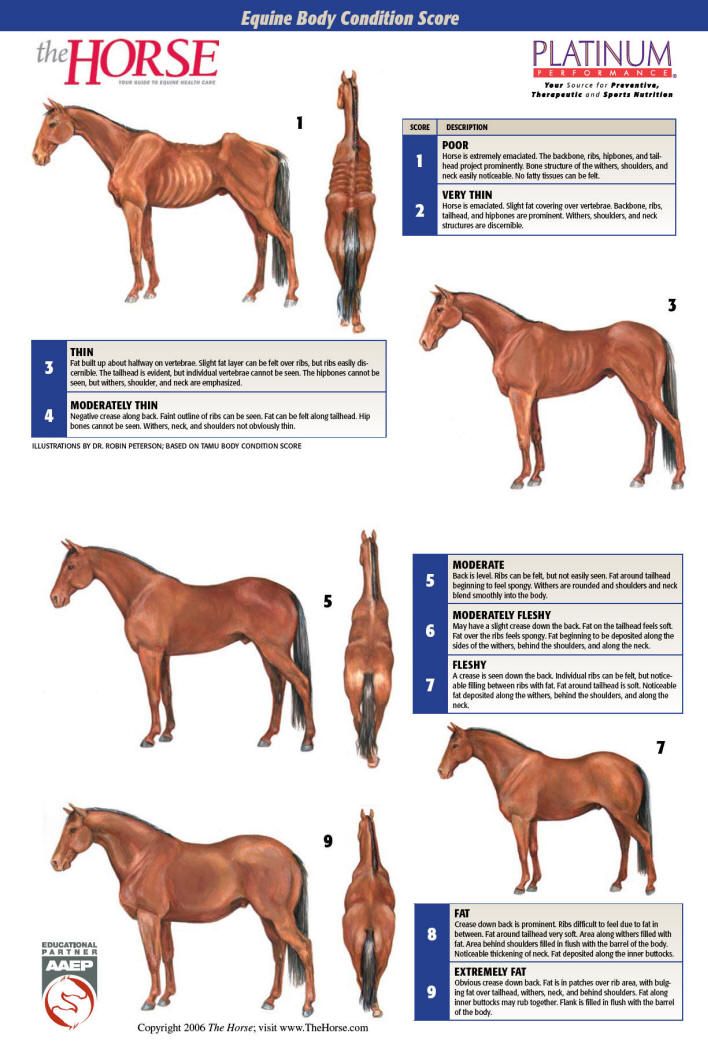 The mare is the foal's primary partner in skincare at first, so it quickly learns facial expressions and social skincare techniques.
The mare is the foal's primary partner in skincare at first, so it quickly learns facial expressions and social skincare techniques.
Friendship and enmity
Horses living a natural life do not involve all compatriots equally in social skin care. Friendship and enmity, sympathies and antipathies appear in every herd community, which, like in humans, can arise quite unexpectedly; choose friends as partners. At first, the only partner is the mother, then animals of the same species are selected, and in colts, mutual biting often turns into ranked games. In older animals, grooming partners often do not change for years; mares prefer their daughters.
During estrus, social contact during grooming serves as a prelude to mating and sexual behavior for stallions and mares.
Relatively rarely, mutual biting is observed in stallions and their foals, which looks very touching in such courageous animals.
Budenovskaya breed
Two examples show how spontaneous friendship or enmity can arise between horses.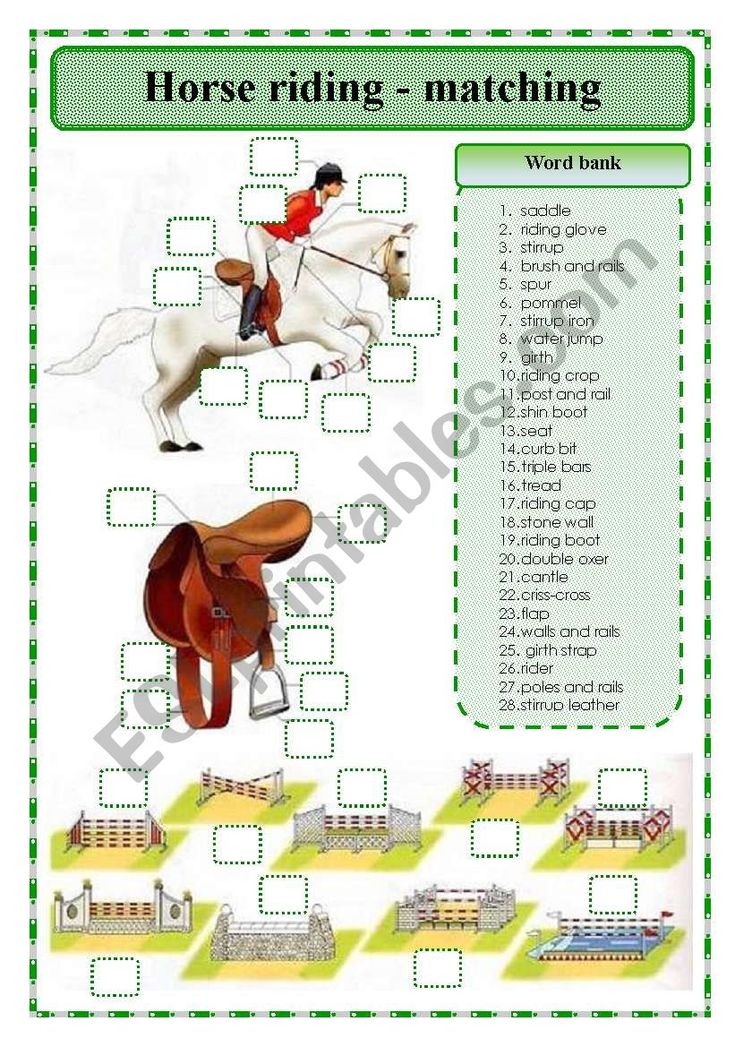 They are described by Michael Schaeffer in his book The Language of Horses. One night, a foal was born in a free-living herd of Fjord horses in a pasture at about four o'clock in the morning. After the interest aroused by the appearance of a new member of the herd began to fade away, a filly about four months old remained near the happy young mother, despite all the threats, showing extreme interest in the newborn; and the mother mare had to come to terms with her presence. Although there were foals of the same age in the herd, the filly spent all the time near the newborn, only briefly leaving to suck milk from her mother, often grazing quite far away. Whether this was a manifestation of maternal instinct, like little girls playing with dolls, or simply the beginning of an ordinary childhood friendship, is unknown.
They are described by Michael Schaeffer in his book The Language of Horses. One night, a foal was born in a free-living herd of Fjord horses in a pasture at about four o'clock in the morning. After the interest aroused by the appearance of a new member of the herd began to fade away, a filly about four months old remained near the happy young mother, despite all the threats, showing extreme interest in the newborn; and the mother mare had to come to terms with her presence. Although there were foals of the same age in the herd, the filly spent all the time near the newborn, only briefly leaving to suck milk from her mother, often grazing quite far away. Whether this was a manifestation of maternal instinct, like little girls playing with dolls, or simply the beginning of an ordinary childhood friendship, is unknown.
Even more unexpectedly, a feud arose among the horses, which lasted more than two years, between one "warm-blooded" and one trotting mare, Schaeffer writes. One day, three-year-old Aisha rushed for no reason at all to a trotting mare who had just arrived in the herd.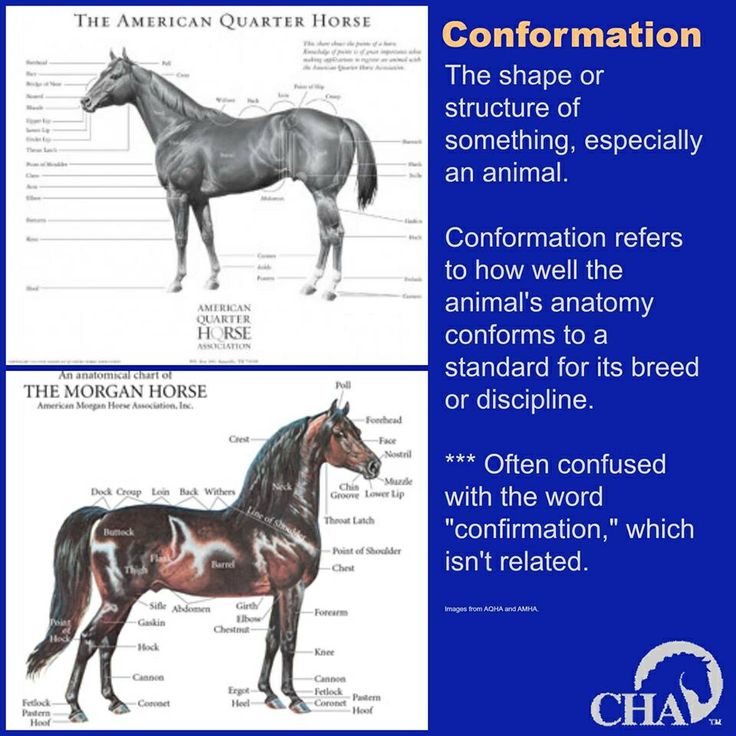 When other animals tried to approach the newcomer, they were subjected to a brutal attack from Aisha, until she managed to ensure that the newcomer was left alone to stand aside. When the mare Clara some time later, and then the other members of the herd, already began to pay attention to the newcomer, and she could freely be among other horses, then many times a day one could observe how her sworn enemy Aisha suddenly suddenly realized that she must expel “alien”, began to look for the defeated animal in order to isolate it again with a furious attack. With the passage of time, the trotting mare, which initially stood at a rather low level in the hierarchy, rose significantly, but did not reach the level of the younger Aisha, who later never missed the opportunity to bite or hit her enemy.
When other animals tried to approach the newcomer, they were subjected to a brutal attack from Aisha, until she managed to ensure that the newcomer was left alone to stand aside. When the mare Clara some time later, and then the other members of the herd, already began to pay attention to the newcomer, and she could freely be among other horses, then many times a day one could observe how her sworn enemy Aisha suddenly suddenly realized that she must expel “alien”, began to look for the defeated animal in order to isolate it again with a furious attack. With the passage of time, the trotting mare, which initially stood at a rather low level in the hierarchy, rose significantly, but did not reach the level of the younger Aisha, who later never missed the opportunity to bite or hit her enemy.
Friendships among horses usually arise between "like-minded", or, in other words, between animals with similar temperament, movement needs and character. So, four colts of the same age, described by Schaeffer, instantly formed two distinct play unions in twos.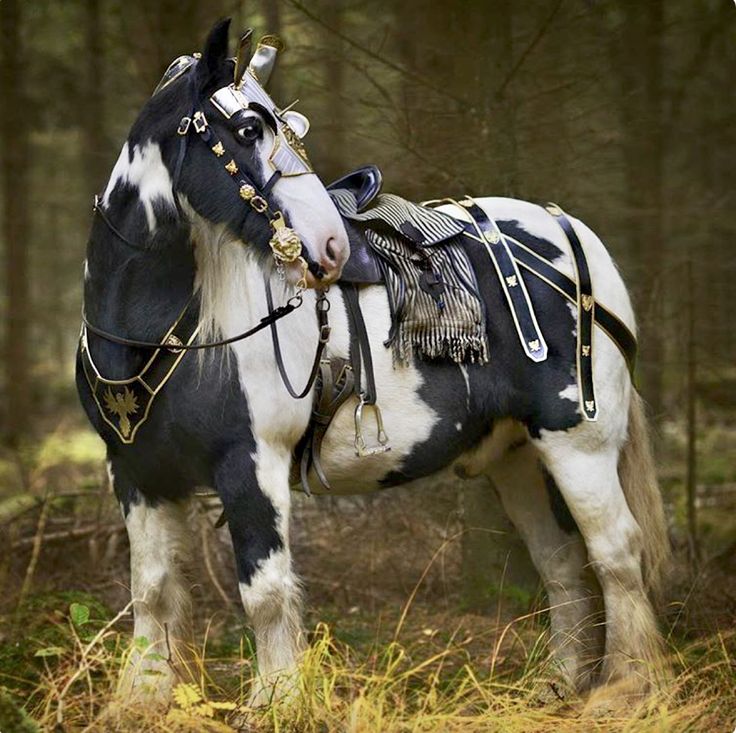 Moreover, the Arabian foal, more thoroughbred, instantly chose another "warm-blooded" foal as a comrade, and the stronger Arab haflinger preferred a simpler, more comfortable company. This grouping persisted until the moment of sale, after which the foals left without a partner were forced to play together for the first time.
Moreover, the Arabian foal, more thoroughbred, instantly chose another "warm-blooded" foal as a comrade, and the stronger Arab haflinger preferred a simpler, more comfortable company. This grouping persisted until the moment of sale, after which the foals left without a partner were forced to play together for the first time.
Vladimir heavyweight
Don breed
How important herd associations are for a good mental state of a horse is well known to experienced breeders. There is a similar trend in thoroughbred horse breeding, therefore, in herds of young horses, they try not to allow an odd number of animals. As experience shows, a foal left without a mate lags behind in development, although it is in the same conditions and does not need anything from the physical side. In this case, this is a vivid example of the lack of "spiritual" communication.
Hierarchy
Despite mutual skin care and friendships that usually arise, even in a small forced community of two horses, a hierarchy is very quickly formed when one animal is subordinate to another.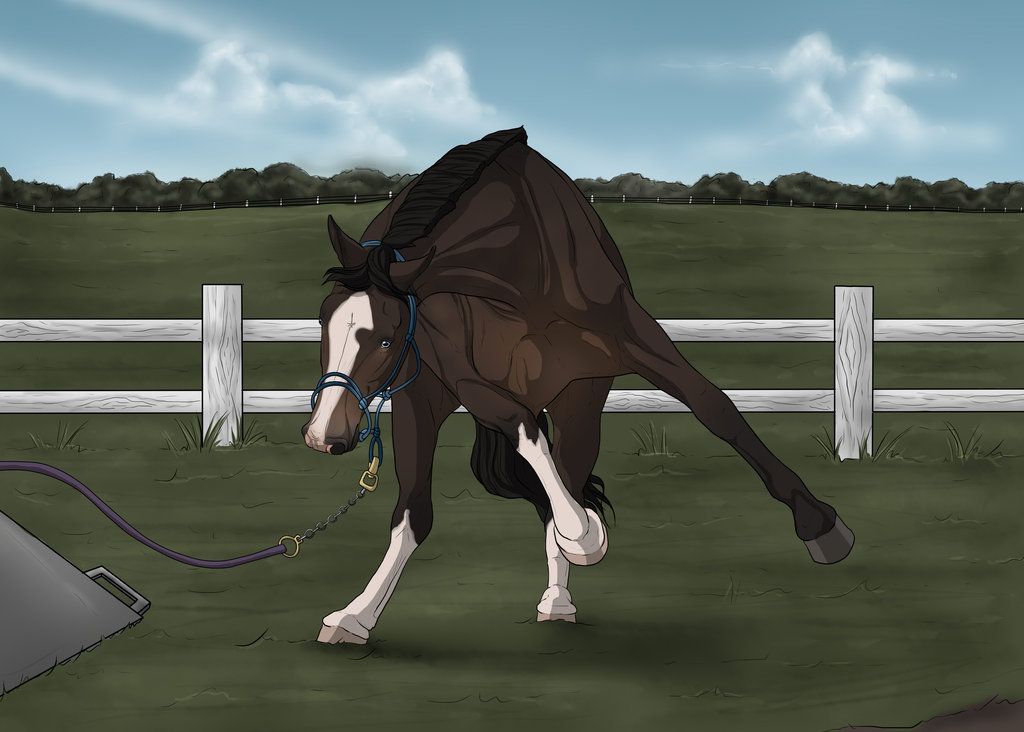 The subordinate always enters the stall or approaches the feeder last. If you do not know how relations actually develop, then you might think that life in nature is better, more beautiful and fairer than in human society with its foundations, privileged and unprivileged strata. There is no equality in nature, therefore our socio-political slogans about equality of opportunities for everyone and everyone are fundamentally unnatural, no matter how attractive ideas they are based on.
The subordinate always enters the stall or approaches the feeder last. If you do not know how relations actually develop, then you might think that life in nature is better, more beautiful and fairer than in human society with its foundations, privileged and unprivileged strata. There is no equality in nature, therefore our socio-political slogans about equality of opportunities for everyone and everyone are fundamentally unnatural, no matter how attractive ideas they are based on.
There is no equality in the animal community. On the contrary, all species living in communities have a well-defined hierarchy, which is strictly maintained. Such a clear order gives individuals at the lowest position in the hierarchy (and they are not at all depressed and unhappy) a sense of security, since their place in the herd is clearly defined, they know what they should and what they are allowed to do. Therefore, it is wrong and absolutely not conducive to maintaining peace in the horse community - to give preference to horses standing on the lower levels of the hierarchy.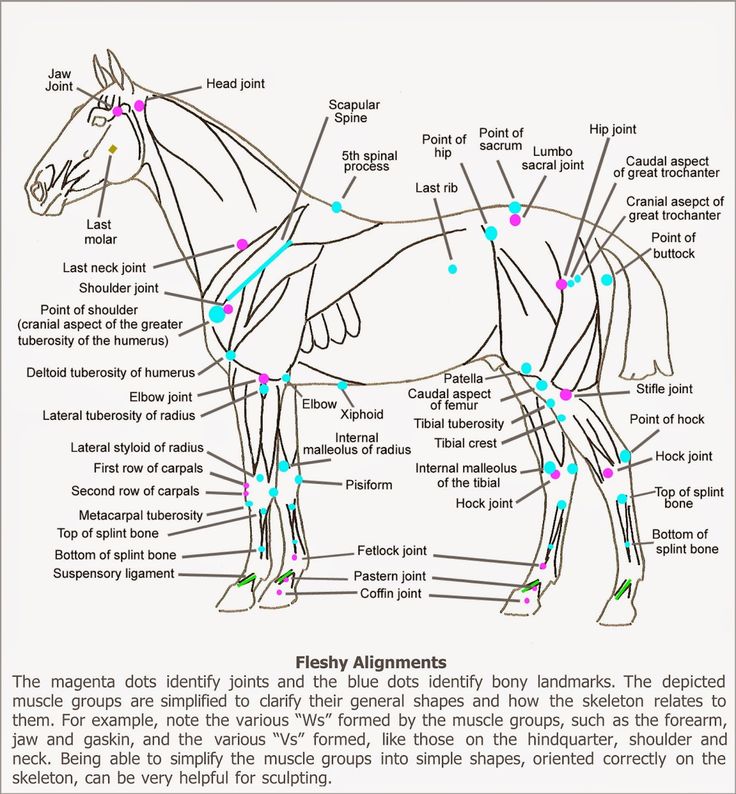 A person, based on his ideas, gives tidbits first of all to the youngest or smallest.
A person, based on his ideas, gives tidbits first of all to the youngest or smallest.
A grazing herd of horses remains a peaceful community as long as the hierarchical relationship between its members is clearly established. If you place a new animal there and leave everything as it is, the fiercest ranking struggle will immediately begin, which will stop only when all the animals take a certain place in the hierarchy. Each animal sorts things out with each until (and this happens quite quickly) the strongest one is revealed. This is not always the most powerful and physically strong animal, sometimes simply surpassing the rest in temperament and reactivity. And starting from it, a new hierarchy is formed. This sometimes quite fierce struggle can last for several days, after which the most ambitious and fighting horses form the “ruling elite”. More weak-willed animals easily recognize the dominant mare and the animals following her in position in the hierarchy and determine the further rank order among themselves.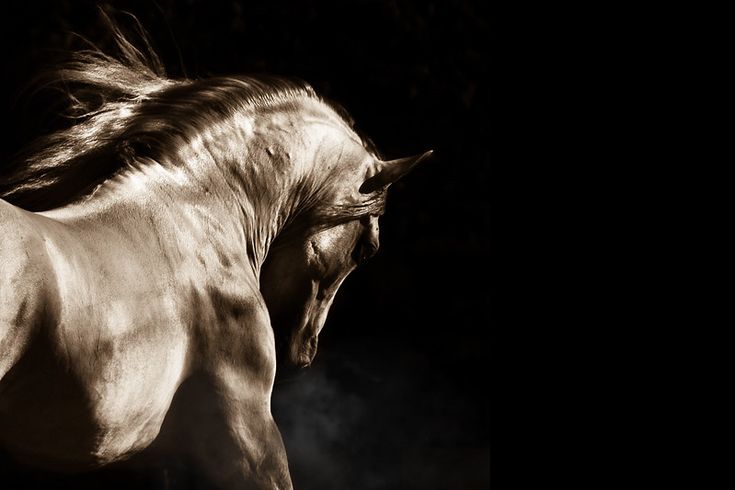 Some time later, one can again observe a calmly grazing herd, where fights occur in exceptional cases.
Some time later, one can again observe a calmly grazing herd, where fights occur in exceptional cases.
Oryol trotter
In nature, it also happens that in the course of a rank struggle, several animals unfamiliar to each other are forced to stay together longer than for a short period of gathering, when other laws apply.
With a family organization of society, wild equids and domestic horses of the same breed or type normally have a sex hierarchy - stallions are higher than geldings, then there are mares that dominate depending on size, weight and age. The older have precedence over the younger, a right on which the most zealous try to insist as long as possible. Michael Schaeffer writes that he almost felt sorry for certain horses when some old, hitherto high-ranking mare tries to get to the passage in the fence as quickly as possible in order to be the first to get to the pasture.
Although unfamiliar animals establish a hierarchy, but if the opponents are relatively equal in strength, then frequent clashes are inevitable.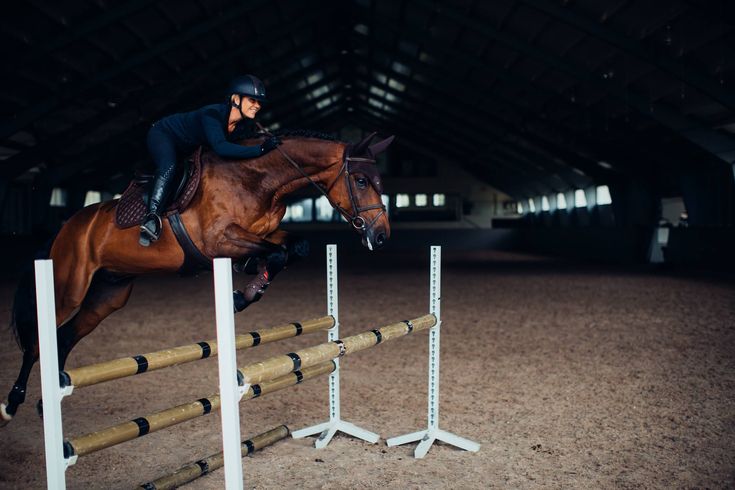 In zoos, when, for example, a new zebra is placed in a neighboring enclosure, the animals sniff each other through the net, look around and get used to each other. So it is with horses: they are first placed in adjacent paddocks next to each other. It is always beneficial when neighbors like each other, and later the ranking struggle between them is only symbolic, although one animal gains an advantage. Unfortunately, sometimes the opposite is true. Horses initially cannot stand each other and spend all their time teaching each other a lesson.
In zoos, when, for example, a new zebra is placed in a neighboring enclosure, the animals sniff each other through the net, look around and get used to each other. So it is with horses: they are first placed in adjacent paddocks next to each other. It is always beneficial when neighbors like each other, and later the ranking struggle between them is only symbolic, although one animal gains an advantage. Unfortunately, sometimes the opposite is true. Horses initially cannot stand each other and spend all their time teaching each other a lesson.
The superiority of one horse over others is expressed in the fact that it can threaten others with impunity, takes the best place at the feeder and is the first to choose a place to sleep. From her position, she jealously observes everyone, and any mistake of an animal standing in the hierarchy at a lower level, if it is not enough just a warning (threateningly pressed ears, sometimes set apart, and rotational movements of the tail) from the superior animal, is punished with bites or even hind leg kicks.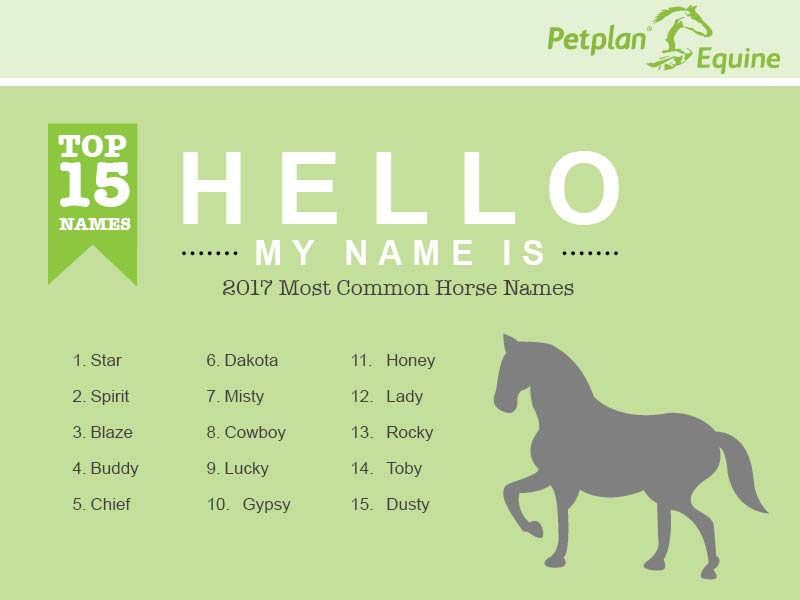 Equality is out of the question. The respect for the superior horse is very great. When, for example, the dominant mare stops in the passage leading to the pasture, then other animals cannot pass her, even if they are driven from behind with a whip. With rash human behavior in such situations, it can easily lead to injuries: horses occupying a higher position in the hierarchy begin to kick during the stampede in order to maintain individual distance. Even during the daily pasture to pasture, strong individuals rush forward at a gallop. In a long-standing community, the older animals make up the top, the younger ones easily overtake them, but they risk performing such a maneuver only at a sufficiently large distance. Experienced breeders of racehorses are very eager to buy such yearlings, as they, due to their activity, strength and strong nervous system, will try to occupy the highest possible position in their herd, and then such animals most often become good racehorses.
Equality is out of the question. The respect for the superior horse is very great. When, for example, the dominant mare stops in the passage leading to the pasture, then other animals cannot pass her, even if they are driven from behind with a whip. With rash human behavior in such situations, it can easily lead to injuries: horses occupying a higher position in the hierarchy begin to kick during the stampede in order to maintain individual distance. Even during the daily pasture to pasture, strong individuals rush forward at a gallop. In a long-standing community, the older animals make up the top, the younger ones easily overtake them, but they risk performing such a maneuver only at a sufficiently large distance. Experienced breeders of racehorses are very eager to buy such yearlings, as they, due to their activity, strength and strong nervous system, will try to occupy the highest possible position in their herd, and then such animals most often become good racehorses.
The social balance in an already established herd can be disturbed not only by the introduction of a new member of the community.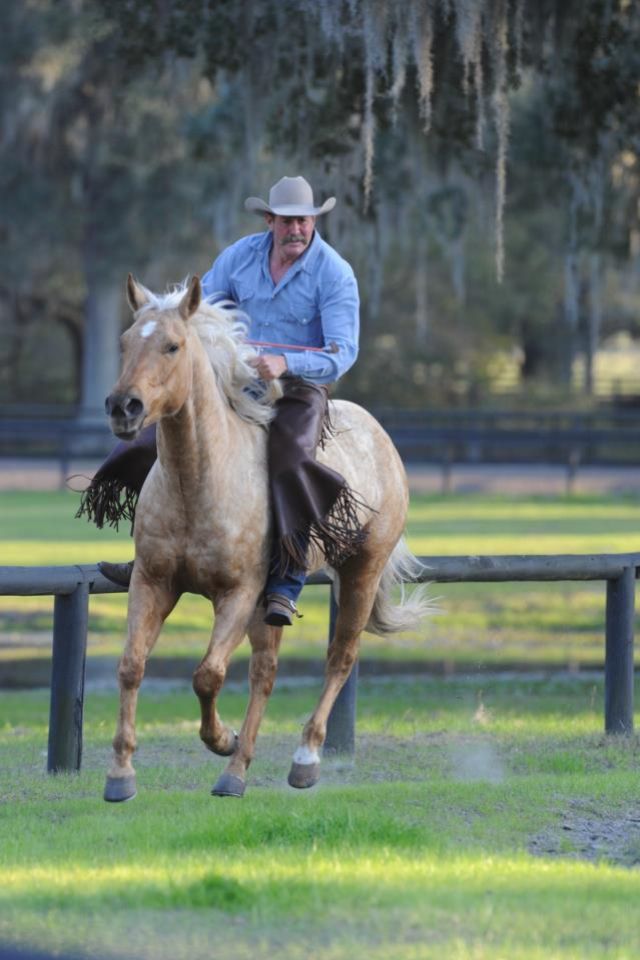 The new horse will be frightened and insecure in a strange environment for a day or two, and then will begin to fight for a corresponding position in the hierarchy or unconditionally take a lower position in the new community. Young horses from time to time forcefully achieve a change in the existing situation, first of all the covered and foaled mares, who, rising in the hierarchy, are nevertheless forced to take their place among the old animals.
The new horse will be frightened and insecure in a strange environment for a day or two, and then will begin to fight for a corresponding position in the hierarchy or unconditionally take a lower position in the new community. Young horses from time to time forcefully achieve a change in the existing situation, first of all the covered and foaled mares, who, rising in the hierarchy, are nevertheless forced to take their place among the old animals.
The social position of the horse within the herd community is determined not only by the environment; it is influenced by mental characteristics that are inherited. It is interesting that the offspring of horses occupying a high position in the hierarchy subsequently also occupy a high position, and the offspring of horses standing at lower levels in the hierarchy, as a rule, remain subordinate. The qualities of character necessary for a mare to occupy a high position (activity and even aggressiveness) are inherited, as well as conformation features, and later appear in foals.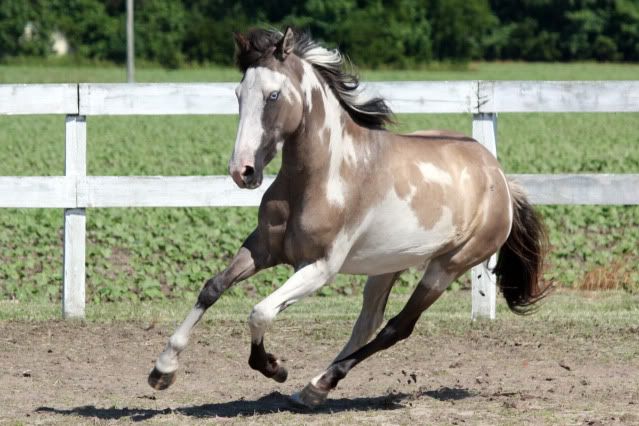
This also includes the environmental fact (which makes one wonder) that a suckling foal occupies almost the same position in the hierarchy as its mother. This means that each member of the herd respects the foals of high-ranking mares in much the same way as their mothers, so they can afford to be bold, because in case of danger they are under the protection of the mother's authority. Such cubs grow up with a much greater sense of confidence than foals of weaker mares, who find it much more difficult (not due to physical factors, but psychological reasons) to achieve a higher rank than after birth.
Equality of opportunity does not always exist in nature. Natural foals are not separated from their mothers at the age of four to six months, as in most stud farms. Their close contact with the mother is interrupted only after the birth of a new offspring, and the rank-dependent behavior of the mare affects their own behavior for a rather long time.
If a person wants to safely communicate with horses, then he should take the place of the animal that stands highest in the hierarchy. Depending on the situation, he will have to perform the functions of a dominant mare or herd stallion. If the owner or breeder of horses is not able to really consistently fulfill the role of leader (and this is by no means done with the help of brute force!), Then he remains to rely completely on his animals and, with rare exceptions, be afraid, since a harmless indication to a person from a horse high in the hierarchy can, under certain circumstances, have dire consequences.
Depending on the situation, he will have to perform the functions of a dominant mare or herd stallion. If the owner or breeder of horses is not able to really consistently fulfill the role of leader (and this is by no means done with the help of brute force!), Then he remains to rely completely on his animals and, with rare exceptions, be afraid, since a harmless indication to a person from a horse high in the hierarchy can, under certain circumstances, have dire consequences.
Horse families
All mares obey the stallion unconditionally, and his mere appearance is enough to restore peace between the fighting mares. This feature of behavior, known to most horse lovers, is used when free keeping of hardy pony mares together with one stallion, which is well suited for our conditions.
According to scientists, two types of social organization are distinguished among equids found today. In both, the basis is the territoriality of one dominant stallion, while he marks a more or less vast territory on which he has all the rights and the boundaries of which he strictly protects from his neighbors.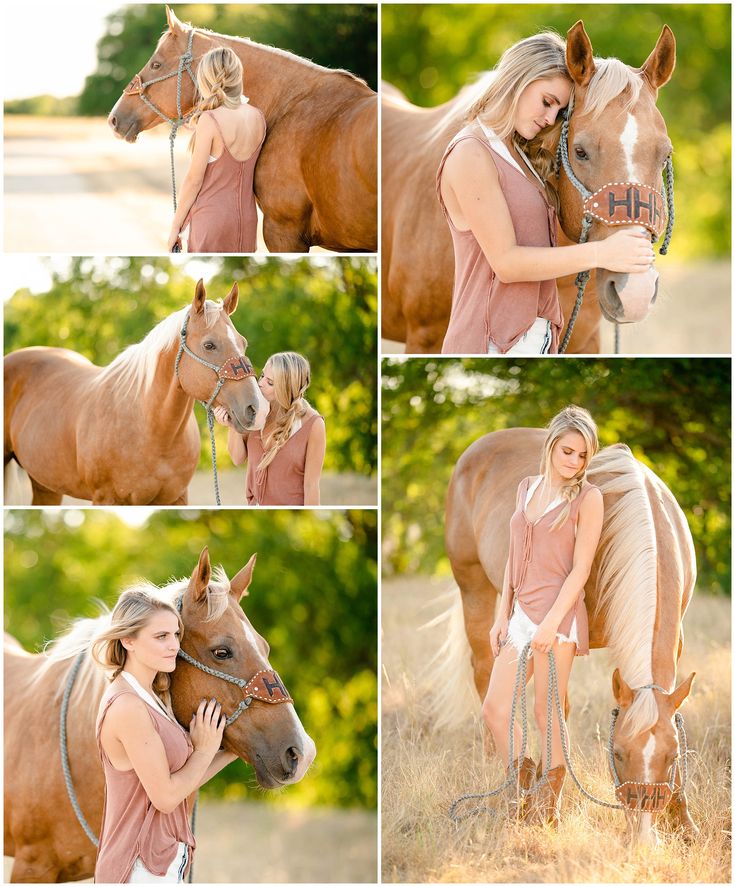 All mares ready for mating, showing the appropriate behavior for a long or short time, can be in this territory. Weaker stallions of the same age may be found within the range, but are not allowed to breed mares.
All mares ready for mating, showing the appropriate behavior for a long or short time, can be in this territory. Weaker stallions of the same age may be found within the range, but are not allowed to breed mares.
Read the book “All about horses. A Complete Guide to Proper Care, Feeding, Maintenance, Dressage" online in full📖 - Igor Skrypnik - MyBook.
Foreword
Since time immemorial, a horse has been an indispensable helper and friend for man. The horse was required everywhere and everywhere: on the battlefield and on peaceful arable land, hunting and traveling. She was dressed in armor, harnessed to royal carriages and wretched peasant droshky; for the horse "they gave half the kingdom" (sometimes in the literal sense of the word).
The legendary horse of Alexander the Great - Bucephalus - was buried with royal honors, and the tyrant-emperor Caligula even made his favorite a member of the Roman Senate. The horse was the breadwinner of the poor and the pride of the powerful.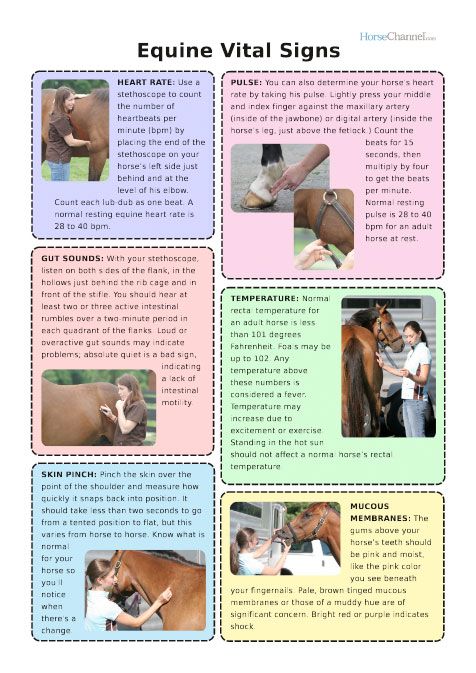
Until now, interest in the horse has not faded in the world, but at present, basically, "live horses have been replaced by steel cavalry." The equestrian business in Russia in recent years has had a particularly hard time - many stud farms have closed or vegetate in poverty, breeding work is in a deplorable state; hope only for enthusiasts, whose number is slowly but still growing over the years. First of all, these are athletes, as well as those who care about their health, the health of their children, and, finally, simply lovers of beauty.
Communication with a horse, especially for city dwellers, is primarily associated with riding. Images of horsemen were found on Persian engravings dated around 3000 BC. e. The charm and beneficial power of riding was conveyed by M. Yu. Lermontov: “I sat on horseback and galloped into the steppe; I love to ride a hot horse. Whatever grief may lie on the heart, whatever anxiety may torment the thought, everything will dissipate in a minute; the soul will become light, the fatigue of the body will overcome the anxiety of the mind.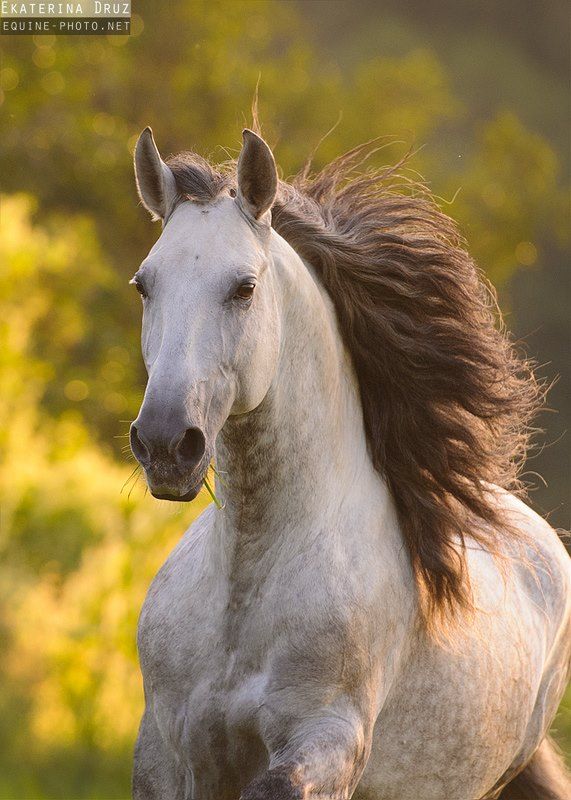 The French philosopher Michel de Montaigne, in his invaluable work "Experiences", states: "I am reluctant to get off the horse, since I have sat on it, because I am healthy or sick, I feel best riding."
The French philosopher Michel de Montaigne, in his invaluable work "Experiences", states: "I am reluctant to get off the horse, since I have sat on it, because I am healthy or sick, I feel best riding."
Horseback riding develops a good sense of balance in a person, improves coordination of movements. According to some scientists, equestrians do not suffer from pulmonary tuberculosis, because the microclimate of the stable, mobile work with horses, riding them help natural disinfection and ventilation of the lungs. In addition to a beneficial effect on the musculoskeletal and vestibular apparatus, riding helps to strengthen the neuropsychic state, reduces the risk of hypertension and myocardial infarction.
Therapeutic horse riding relieves many ailments - riding therapy (from the English ride - horseback riding), or hippotherapy (from the Greek hippos - horse). Riding therapy improves the posture of the rider, strengthens the back muscles, straightens the spinal column, which means that many types of curvature of the spine are corrected.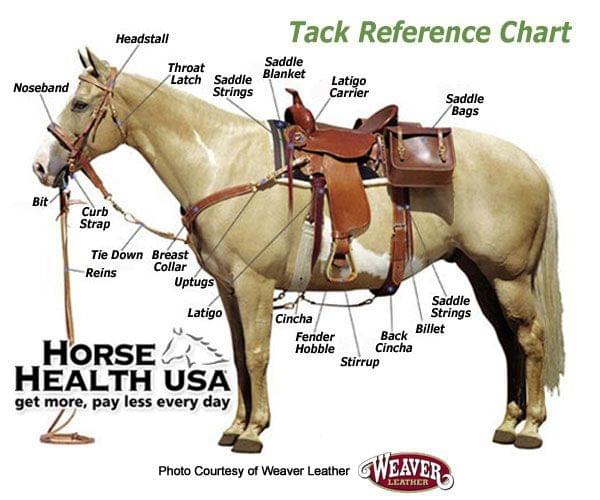 Therapeutic horseback riding improves the well-being of those suffering from the effects of cerebral palsy.
Therapeutic horseback riding improves the well-being of those suffering from the effects of cerebral palsy.
“I think that no supercars will replace horses, just as no technology will replace wildlife. People will always need living beauty.” These words belong to the Australian writer Alan Marshall. For him, horses became a source of sincere joy and a reliable means of transportation after suffering from polio in early childhood. The writer expressed his memories of this tragedy and his deep gratitude to the horse in the heartfelt story "I can jump over puddles."
Books about horses are always read with great interest, these noble animals look great on film and television screens. But neither the printed word nor film can replace communication with a live horse. A rare person, having once experienced the atmosphere of the stable, does not seek to return to horses, and almost every child at least once will ask his parents to “let him ride a horse.” Moreover, horseback riding is very diverse and exciting - it is work in the saddle, national games and competitions, horse testing at hippodromes, performances in the circus, runs, hikes, travels and, finally, work in various areas of the economy.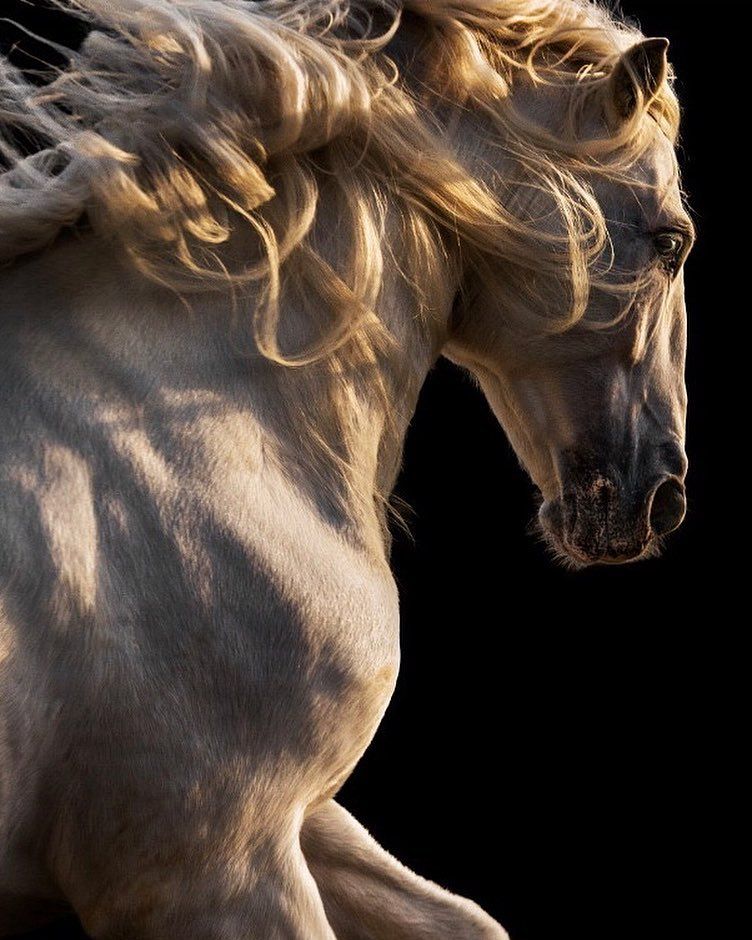
We invite the reader to plunge into the unique world of horses, get acquainted with the physiology and psychology of these wonderful animals, as well as learn the basics of training and the higher school of equestrian riding.
Peculiarities of horse psychology
Equine social behavior
In the animal kingdom, there are species that live individually, singly or, at most for a short time, in pairs. Other animals are completely social and live in communities with a pronounced social structure. Solitarily and socially living species can be close relatives. So, for example, foxes that live alone and wolves that gather in packs belong to the canine family. Or large cats standing very close in zoological systematics - lions and tigers; and if tigers live alone, then lions, the only ones of the cat family, on the contrary, form packs consisting of large families and consanguineous young animals. Many animals form pairs during the breeding season or raising young.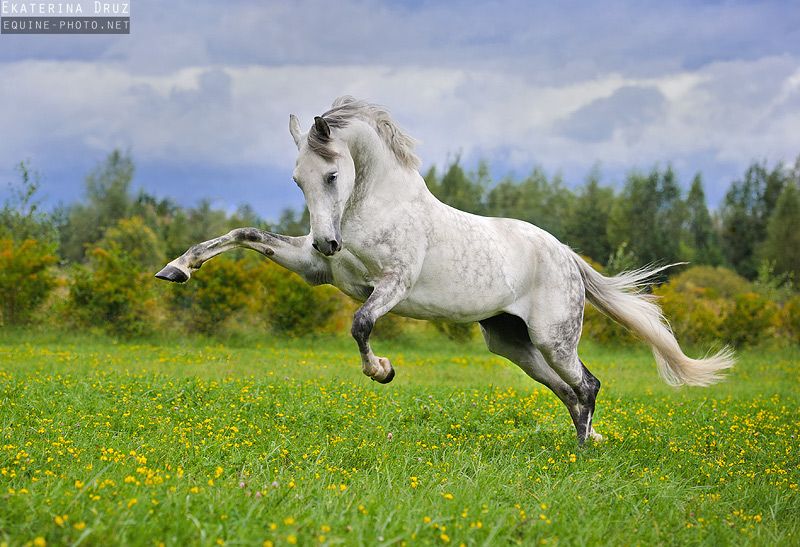
Odd-toed ungulates refer to animals living in communities that exhibit very different social behaviors under certain conditions. This is partly due to different environmental conditions, and partly due to different degrees of mental development of different species. It is believed that the ancestors of all equids 70 million years ago, when they had several fingers and lived in tropical forests, lived alone or in pairs and, in their behavior, in many ways resembled tapirs, the closest relatives of equids. Until now, with the exception of the breeding season, they live alone. If the social life of tapirs is limited only to relations during the breeding season and between mother and cub, and is relatively poor, then those animals whose families stayed together longer or who formed groups, and in extreme cases, herds, had to form a way of living together that provided unhindered coexistence. This way of living together with many options for permitted and unpermitted behavior, scientists called social relations.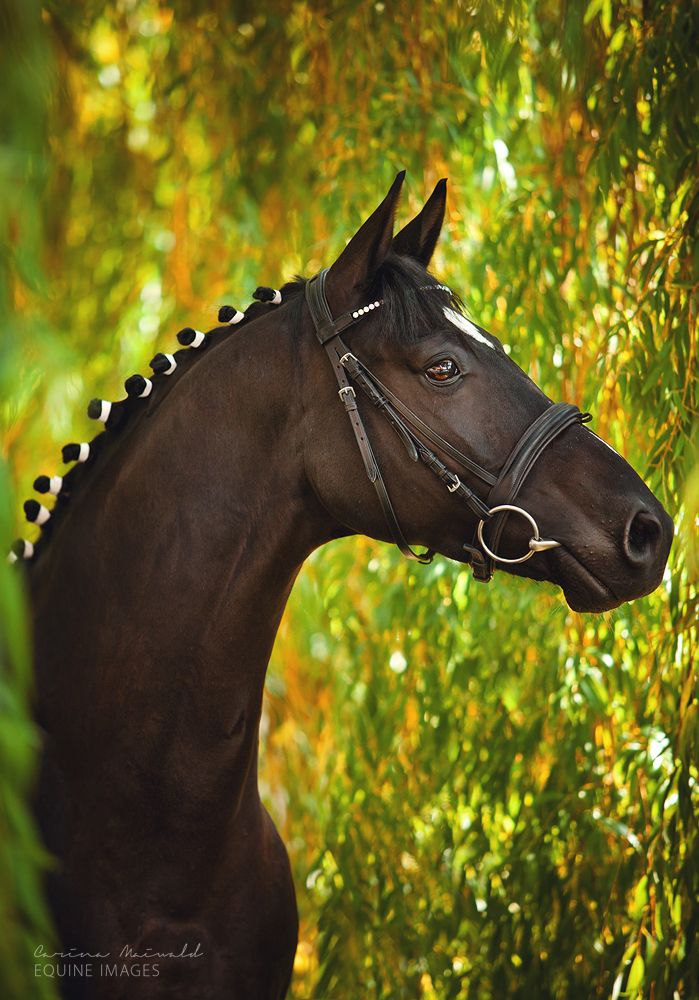
It is impossible to fully appreciate the naturally nuanced social behavior of all equids living in communities in the case of domestic horses, since their freedom of movement is limited, as well as in the example of wild horses and free-living ponies, in whose herds one stallion. In horses living in stables, it weakens due to lack of social contacts. The need of horses for certain social relations is so strong that they sometimes do not take into account the significant differences in the size of animals, their breed, age and sex, and in extreme cases even species differences.
Arabian Thoroughbred
If we consider the relationship between mother and calf, then two horses already form a community with recognizable social behavior at certain moments. This primarily includes skin care, when both partners bite each other's body parts that are difficult for them to reach. For hair care, animals make pauses during grazing and half-sleep, lasting from several minutes to half an hour.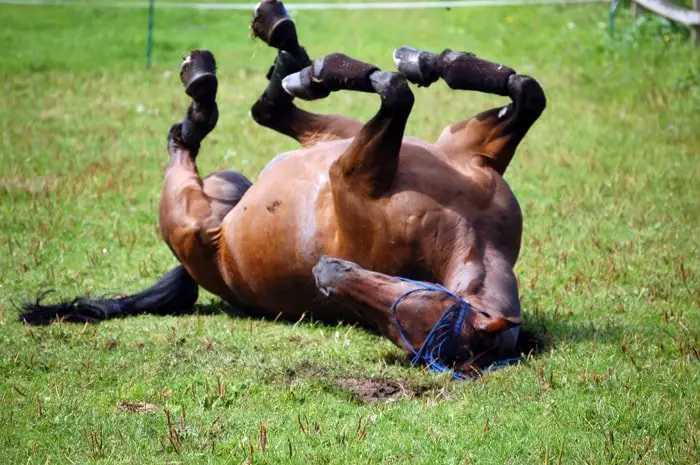
Animals seeking contact go obliquely to each other and show their intentions with a special expression of the muzzle (“mimicry during brushing”), which can be accepted by a partner with the same facial expressions or rejected. If the animals agree, they start at the mane and sides of the neck or the withers area, pulling the skin between the teeth, which creates the same effect as scratching with a comb. This game can take place with varying intensity, with especially thorough cleaning, you can hear the sound of chattering teeth, slightly muffled by the coat. Starting from the mane and withers, all the hair from the back to the tip of the tail is carefully combed, and the animals move slowly relative to each other until they are standing with their heads at the base of the tail. Then they walk around each other and work on the other side. Usually the animals bite each other in pairs, and rarely a third can join them for a short time.
Akhal-Teke breed
If necessary, combing of wool can be carried out even by a person.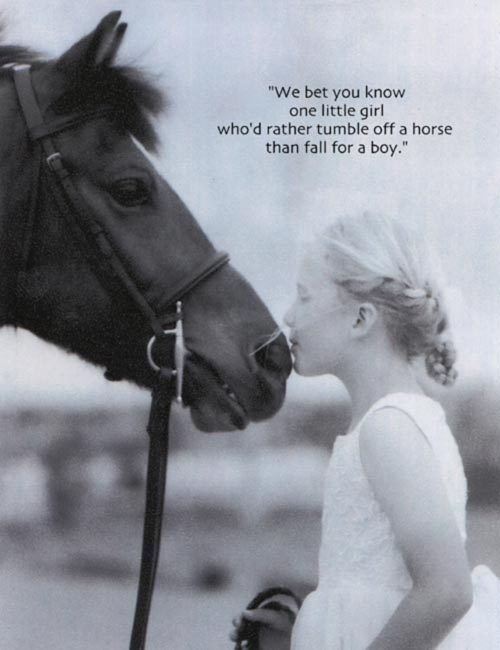 A person can, by accepting such an offer, reach the point that his compatriot will consider a horse. This desire, especially if it comes from strongly and rapidly biting horses, is technically feasible with great difficulty and is not always painless for a person. If you're trying to get a shy foal into the grooming game, then you should put on a thick old coat first, or you'll soon have to bring in a mare as a third partner. The foal must be placed in such a position that after a few pinches on your jacket sleeve, he will gradually switch to his mother. The mare is the foal's primary partner in skincare at first, so it quickly learns facial expressions and social skincare techniques.
A person can, by accepting such an offer, reach the point that his compatriot will consider a horse. This desire, especially if it comes from strongly and rapidly biting horses, is technically feasible with great difficulty and is not always painless for a person. If you're trying to get a shy foal into the grooming game, then you should put on a thick old coat first, or you'll soon have to bring in a mare as a third partner. The foal must be placed in such a position that after a few pinches on your jacket sleeve, he will gradually switch to his mother. The mare is the foal's primary partner in skincare at first, so it quickly learns facial expressions and social skincare techniques.
Friendship and enmity
Horses living a natural life do not involve all compatriots equally in social skin care. Friendship and enmity, sympathies and antipathies appear in every herd community, which, like in humans, can arise quite unexpectedly; choose friends as partners. At first, the only partner is the mother, then animals of the same species are selected, and in colts, mutual biting often turns into ranked games.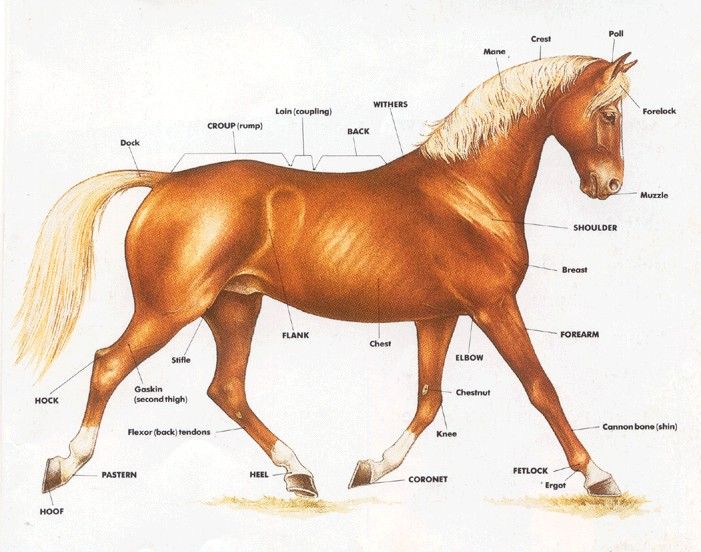 In older animals, grooming partners often do not change for years; mares prefer their daughters.
In older animals, grooming partners often do not change for years; mares prefer their daughters.
During estrus, social contact during grooming serves as a prelude to mating and sexual behavior for stallions and mares.
Relatively rarely, mutual biting is observed in stallions and their foals, which looks very touching in such courageous animals.
Budenovskaya breed
Two examples show how spontaneous friendship or enmity can arise between horses. They are described by Michael Schaeffer in his book The Language of Horses. One night, a foal was born in a free-living herd of Fjord horses in a pasture at about four o'clock in the morning. After the interest aroused by the appearance of a new member of the herd began to fade away, a filly about four months old remained near the happy young mother, despite all the threats, showing extreme interest in the newborn; and the mother mare had to come to terms with her presence. Although there were foals of the same age in the herd, the filly spent all the time near the newborn, only briefly leaving to suck milk from her mother, often grazing quite far away.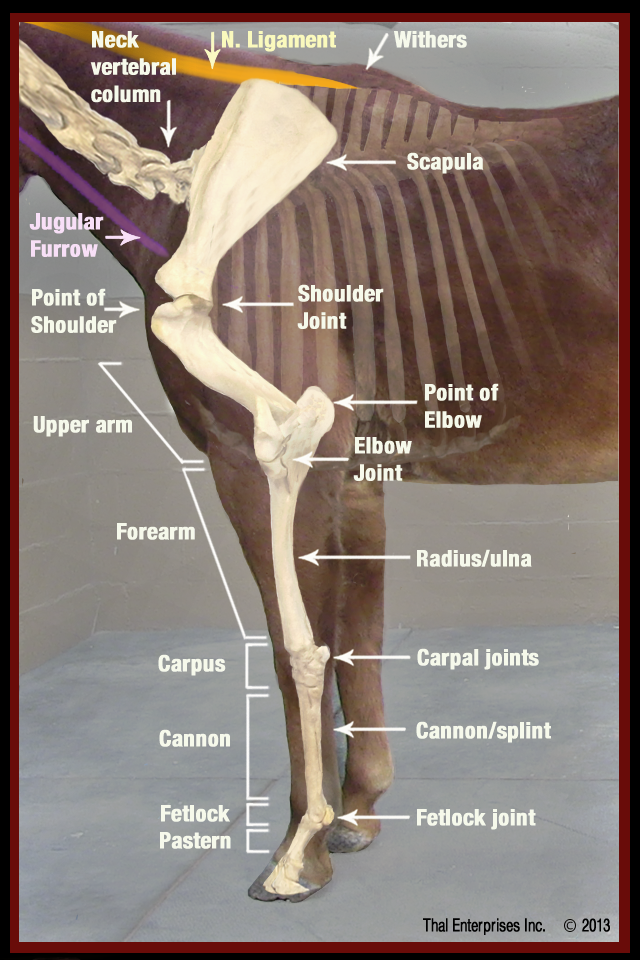
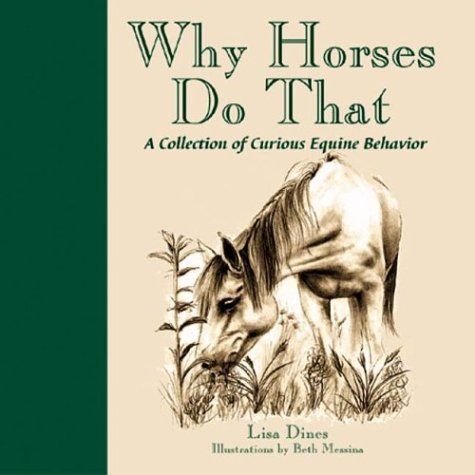 1 hh (est)
1 hh (est) 2 hh (est)
2 hh (est)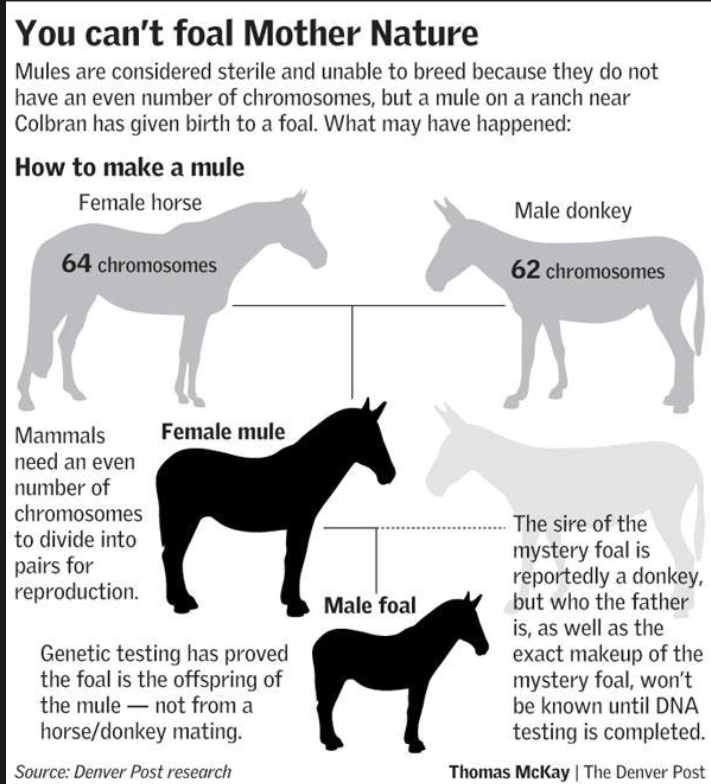 0 hh (est)
0 hh (est)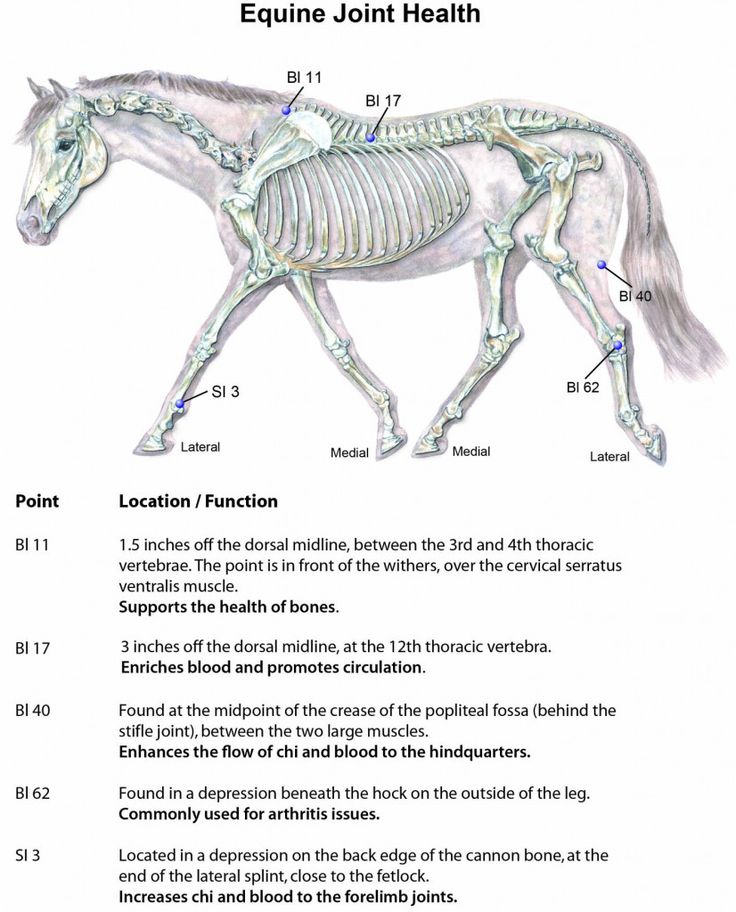 0 hh (est)
0 hh (est)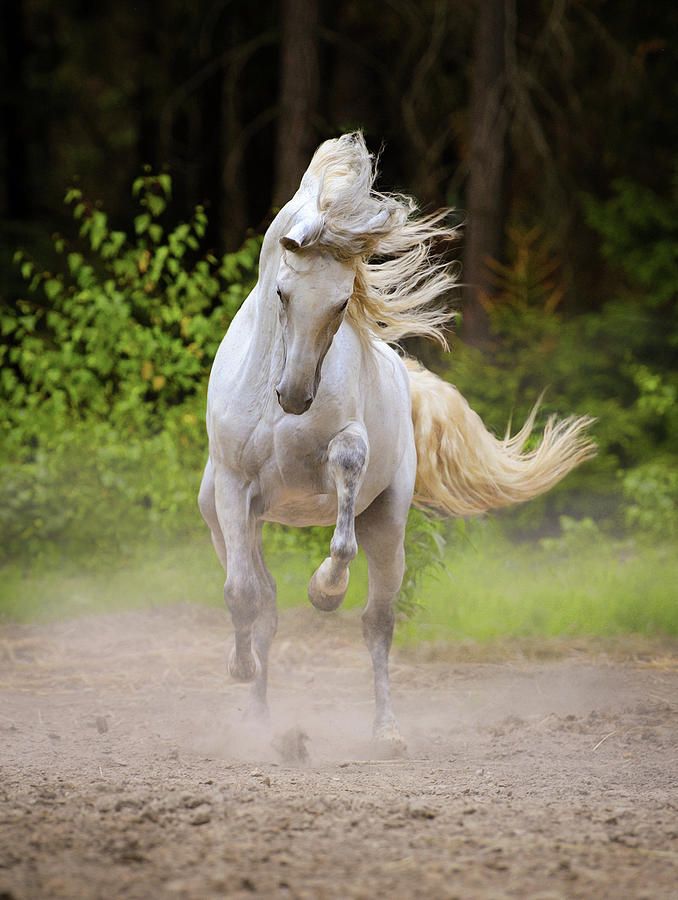 1 hh (est)
1 hh (est)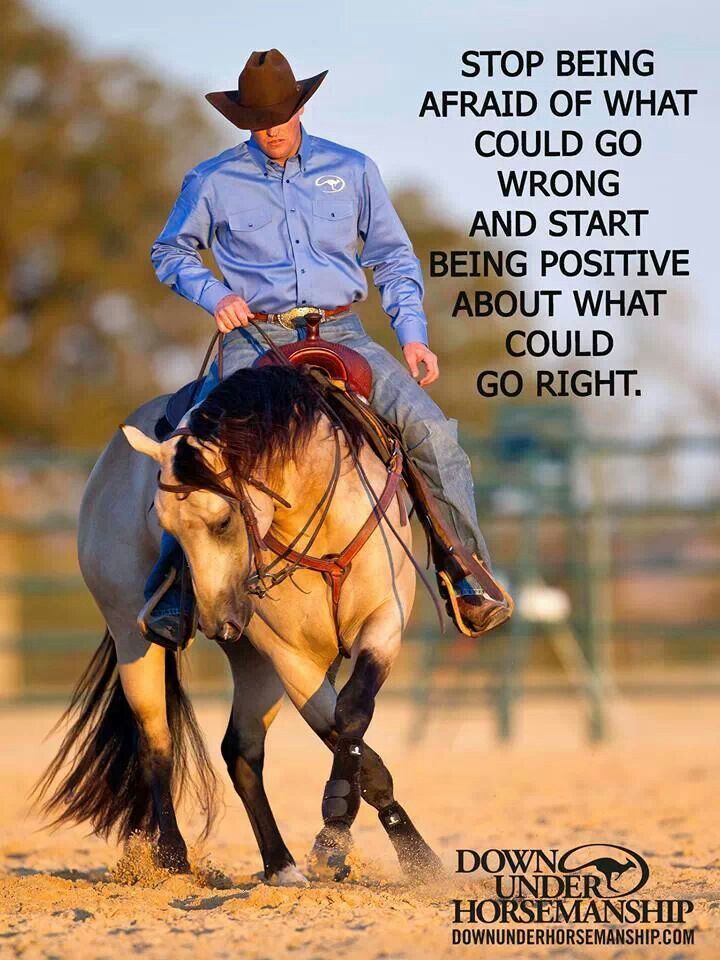 2 hh (est)
2 hh (est)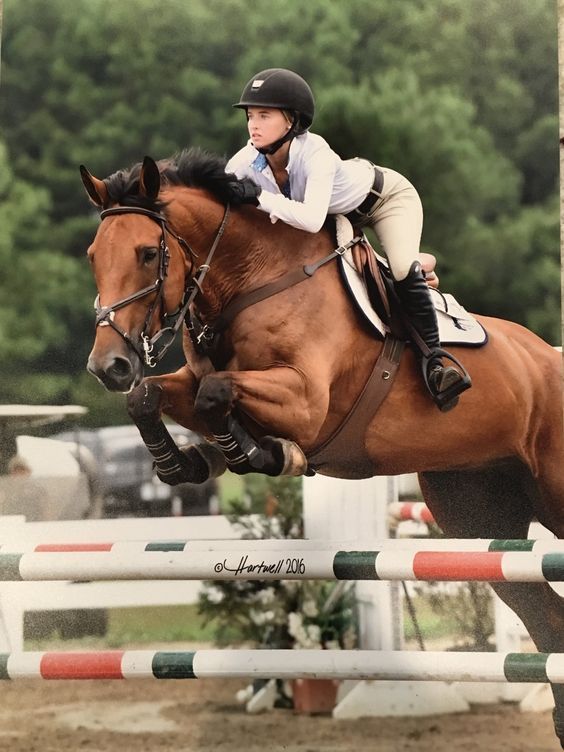 0 hh (est)
0 hh (est)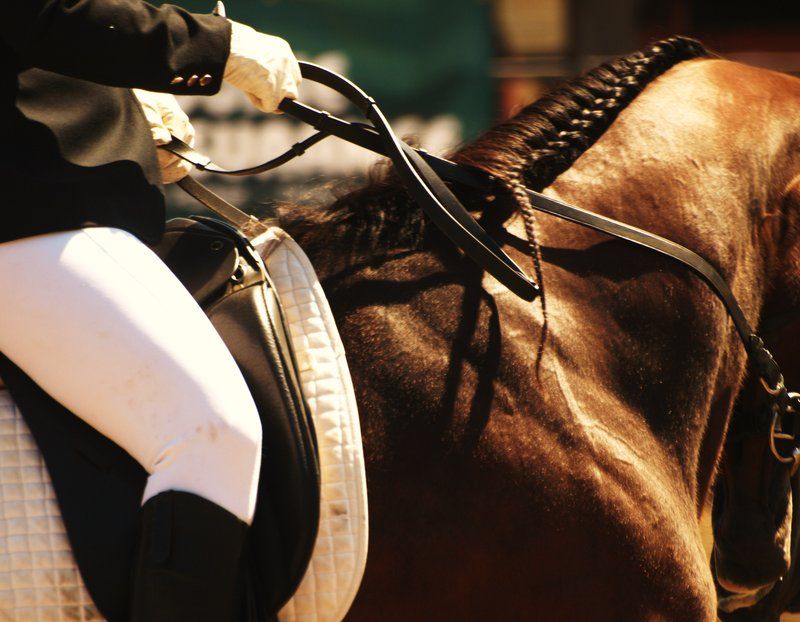 2 hh (est)
2 hh (est) 0 hh (est)
0 hh (est) 1 hh (est)
1 hh (est)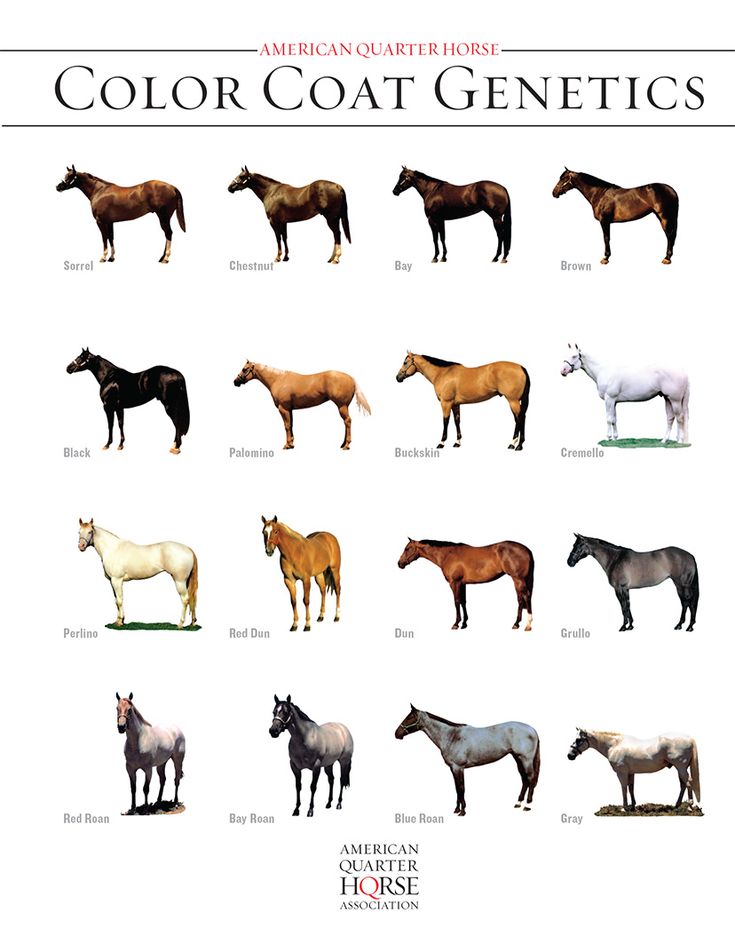 3 hh (est)
3 hh (est)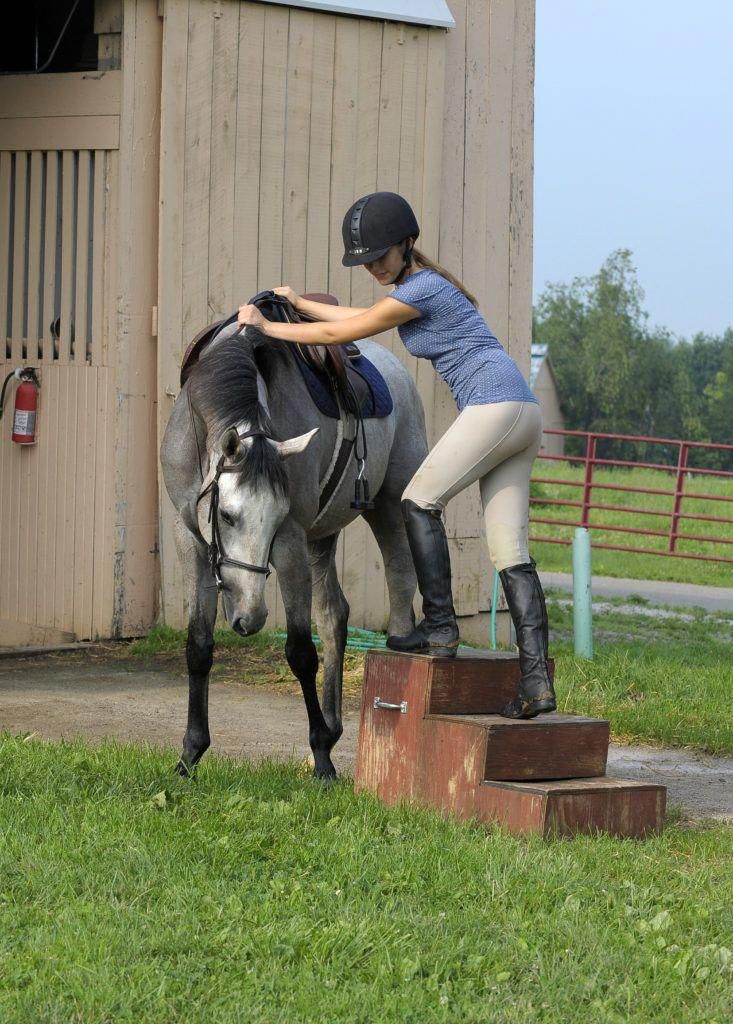 0 hh (est)
0 hh (est)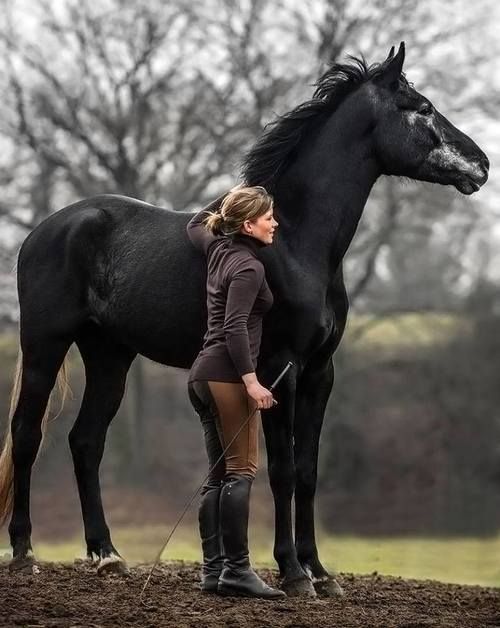 1 hh (est)
1 hh (est)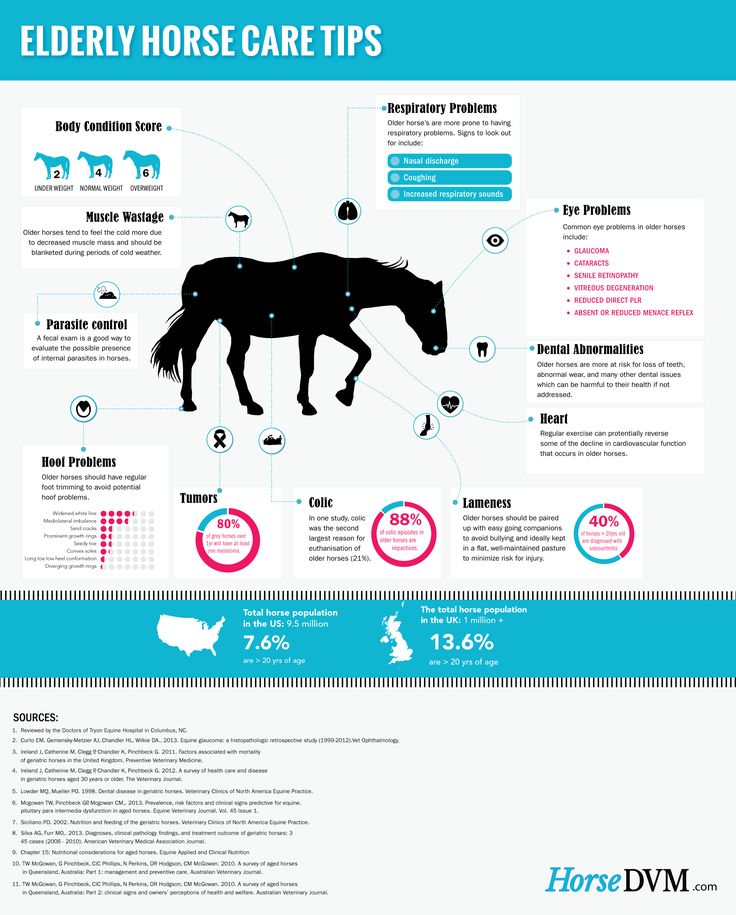 3 hh (est)
3 hh (est)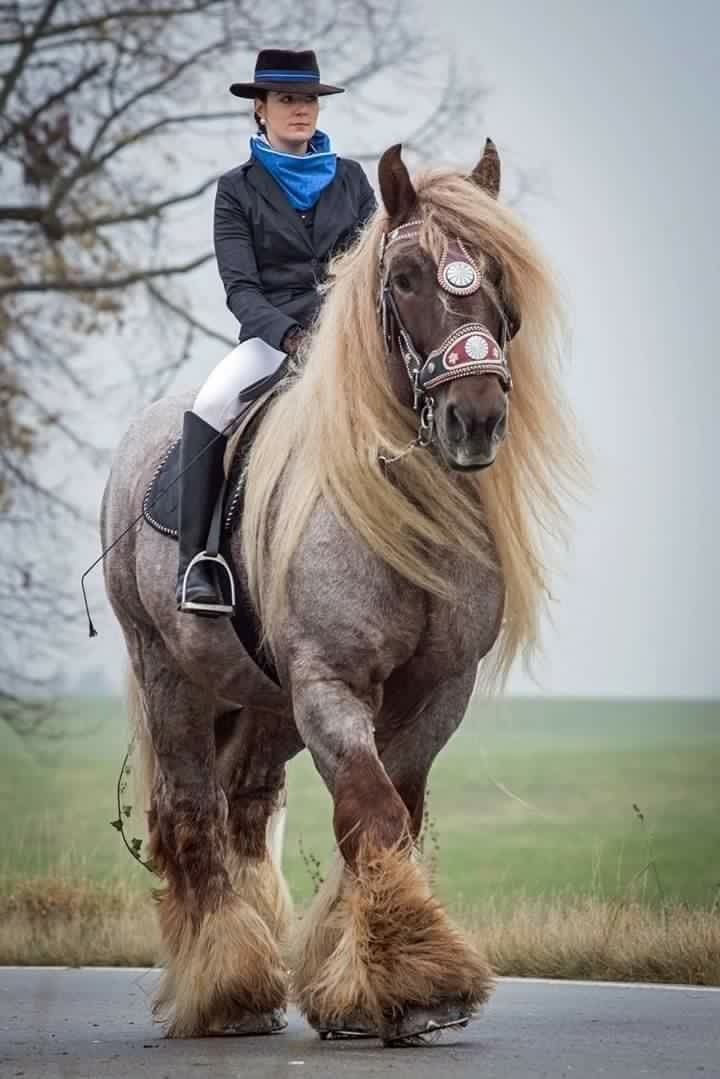 3 hh (est)
3 hh (est)


